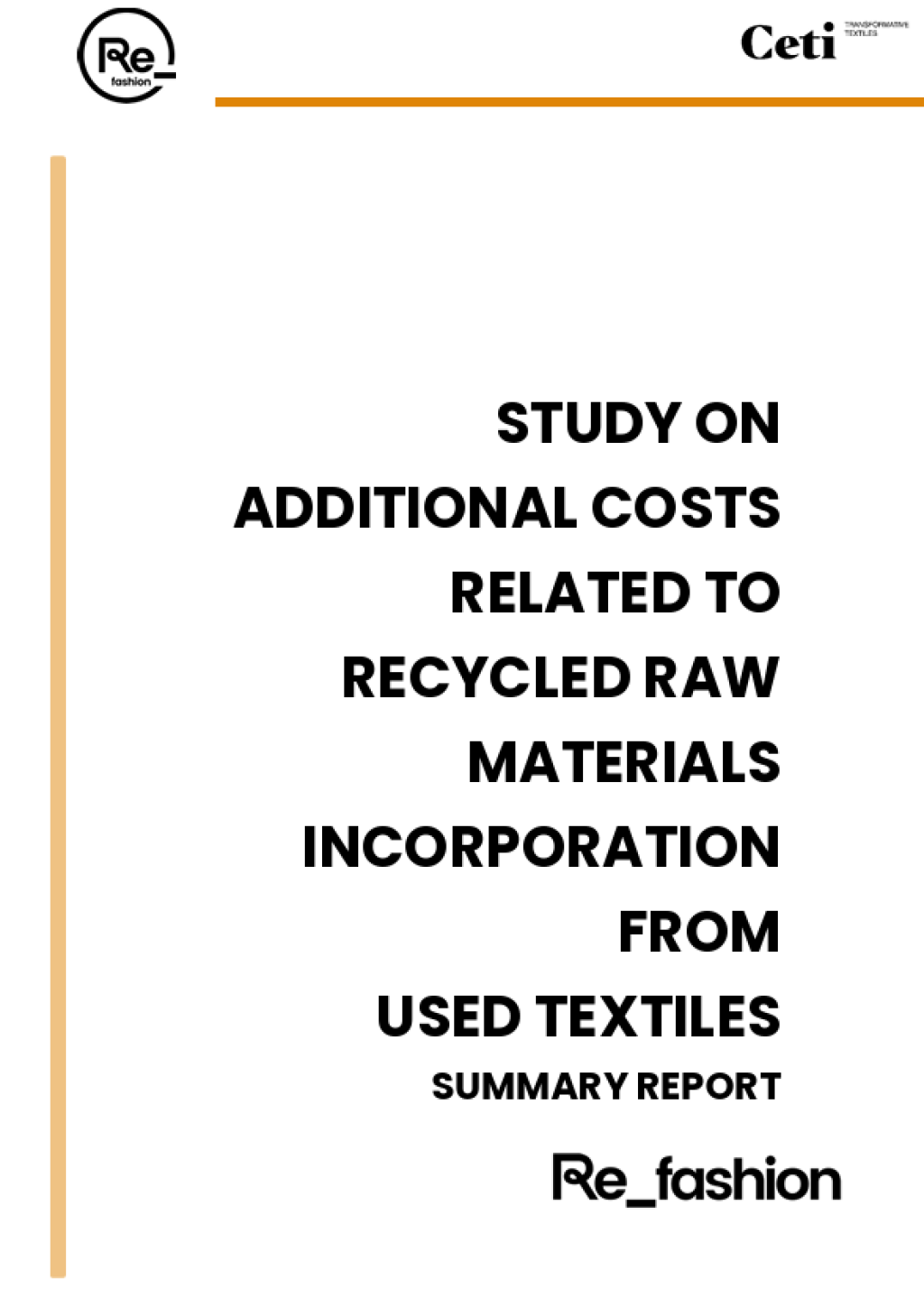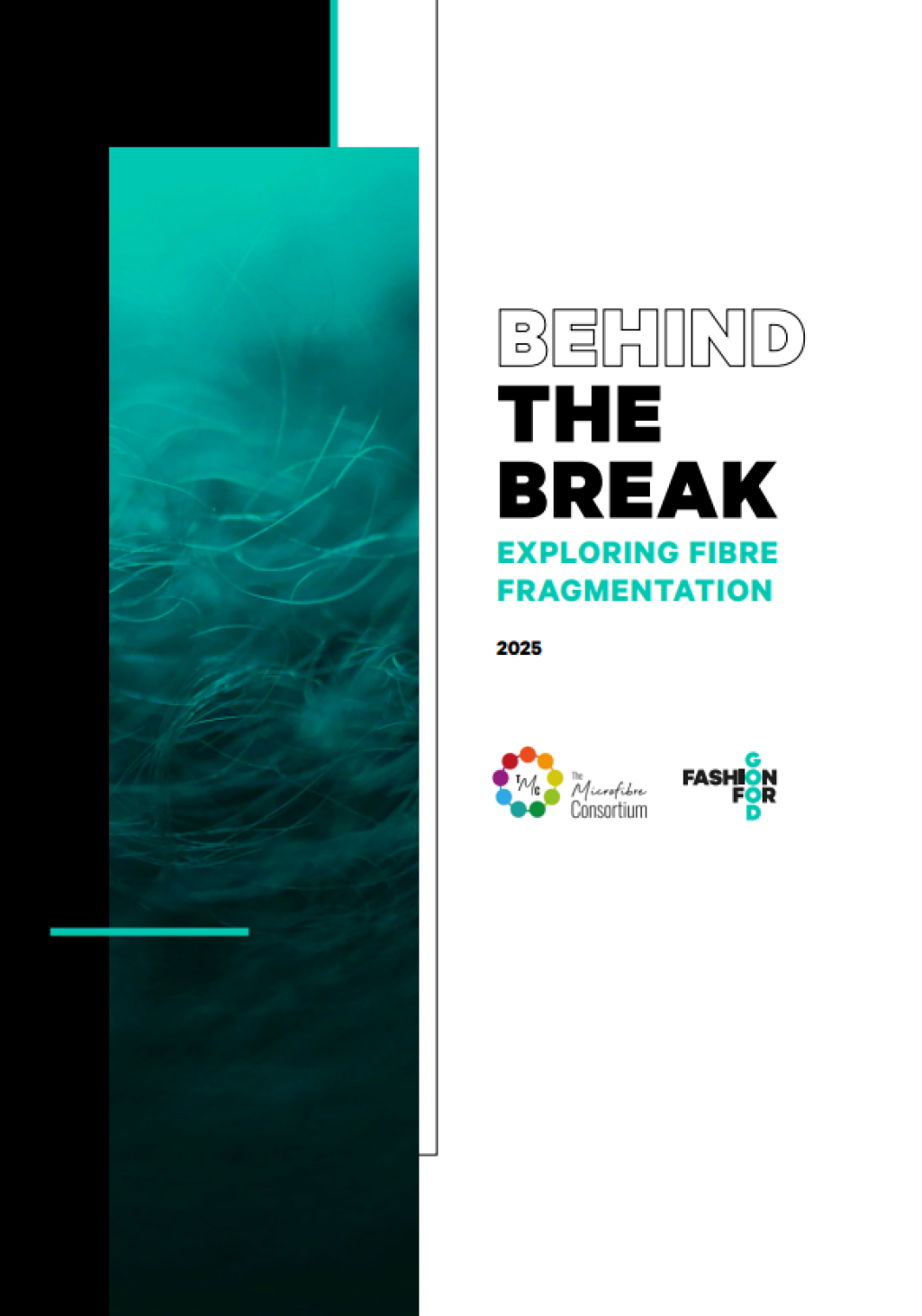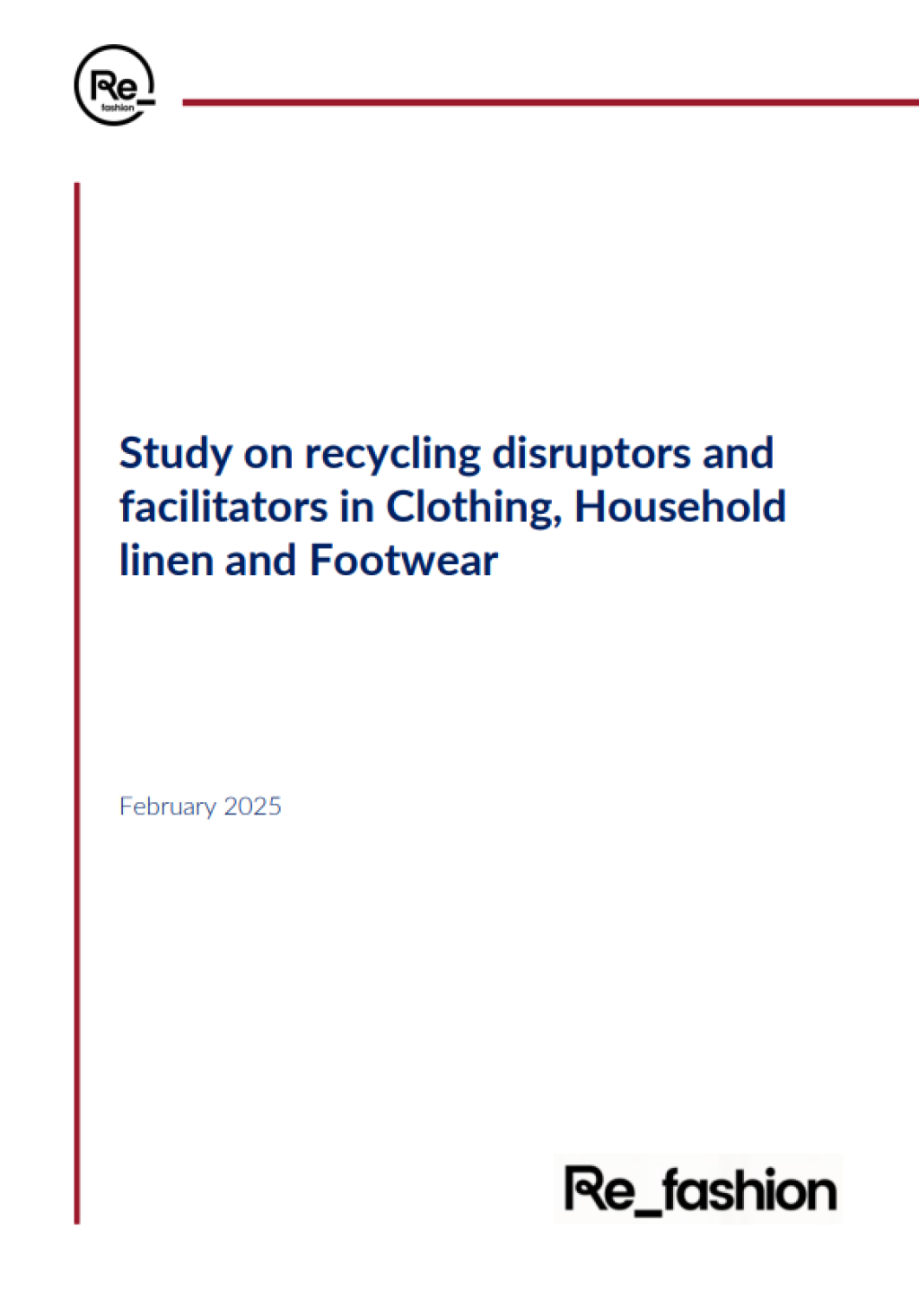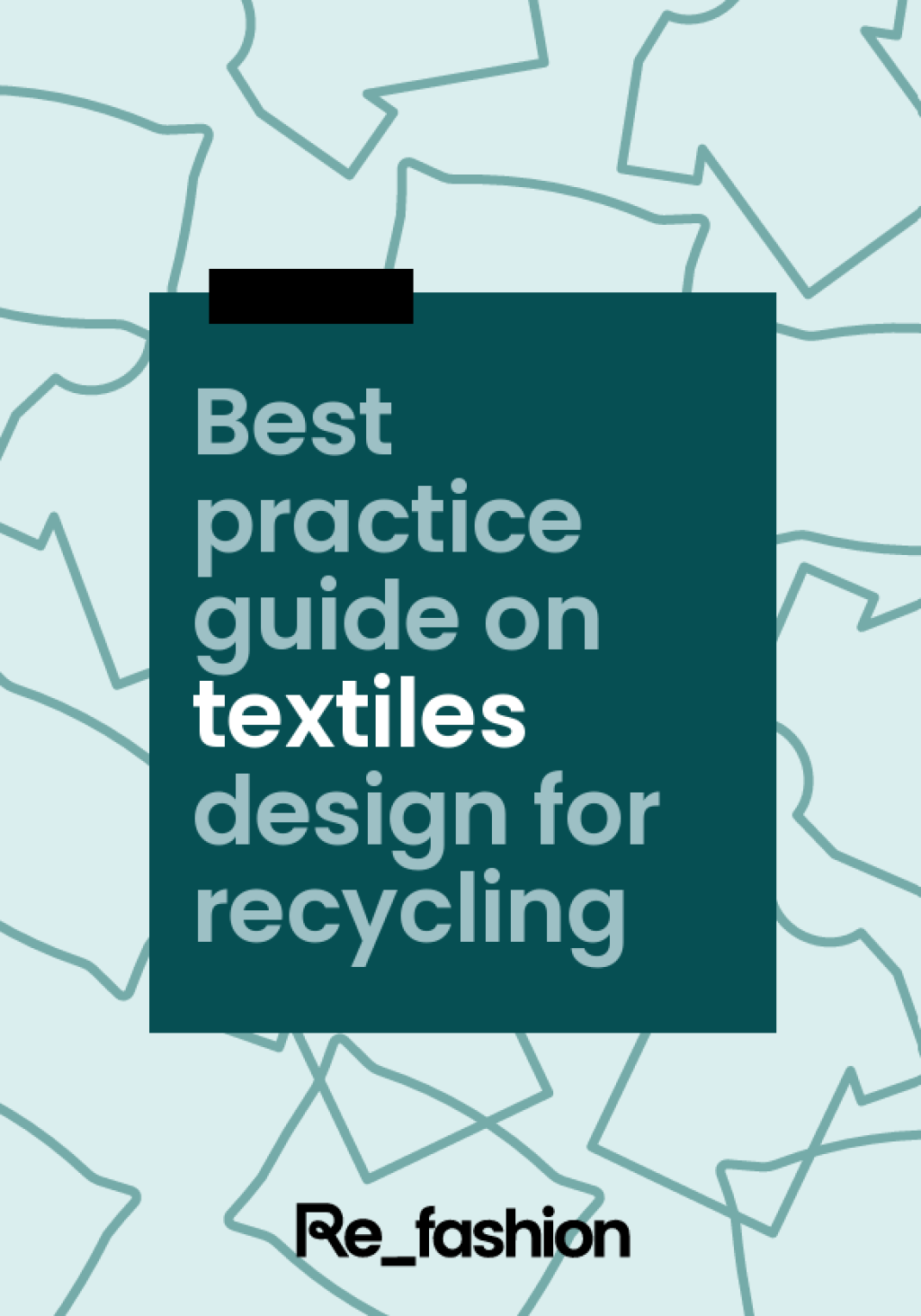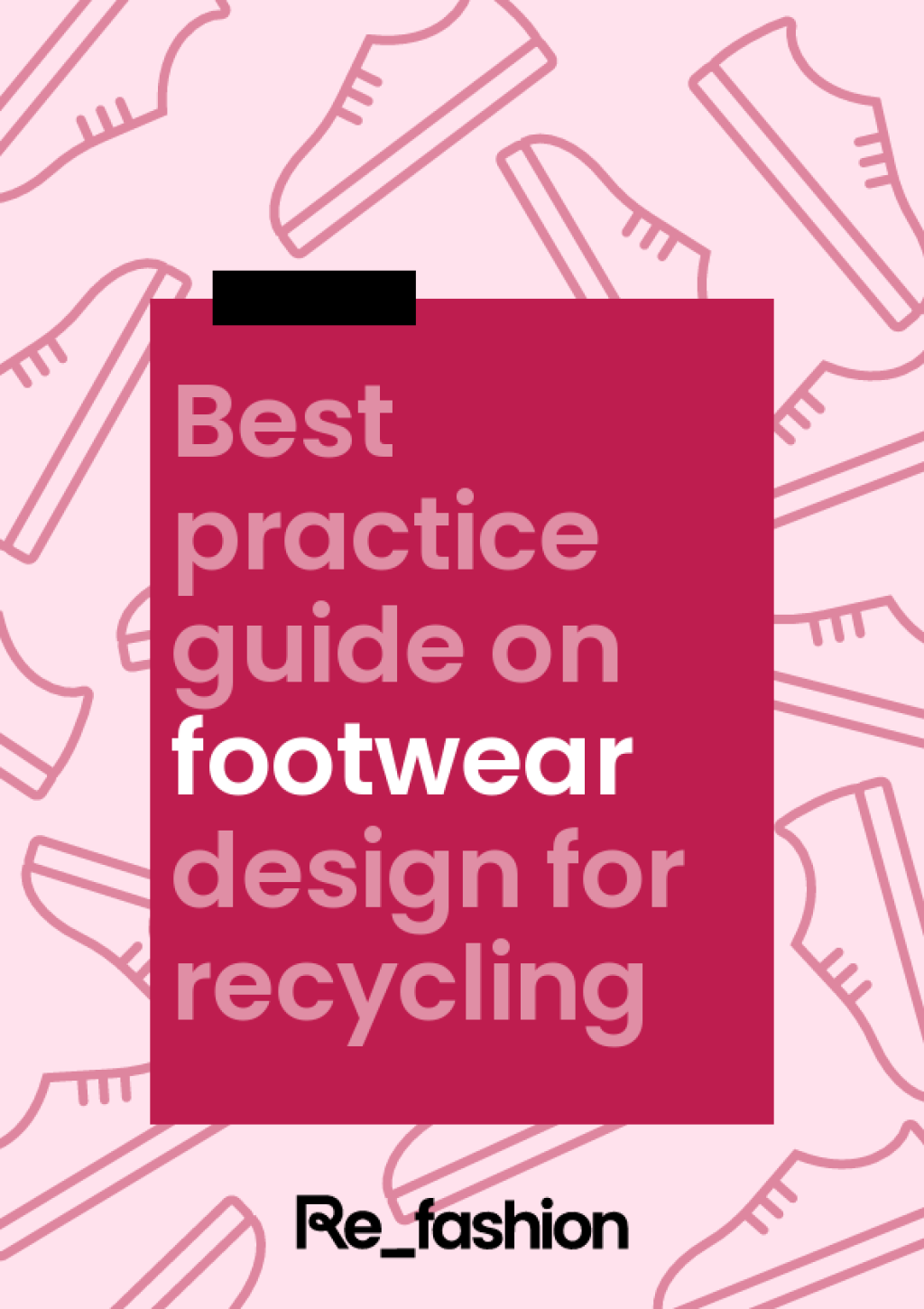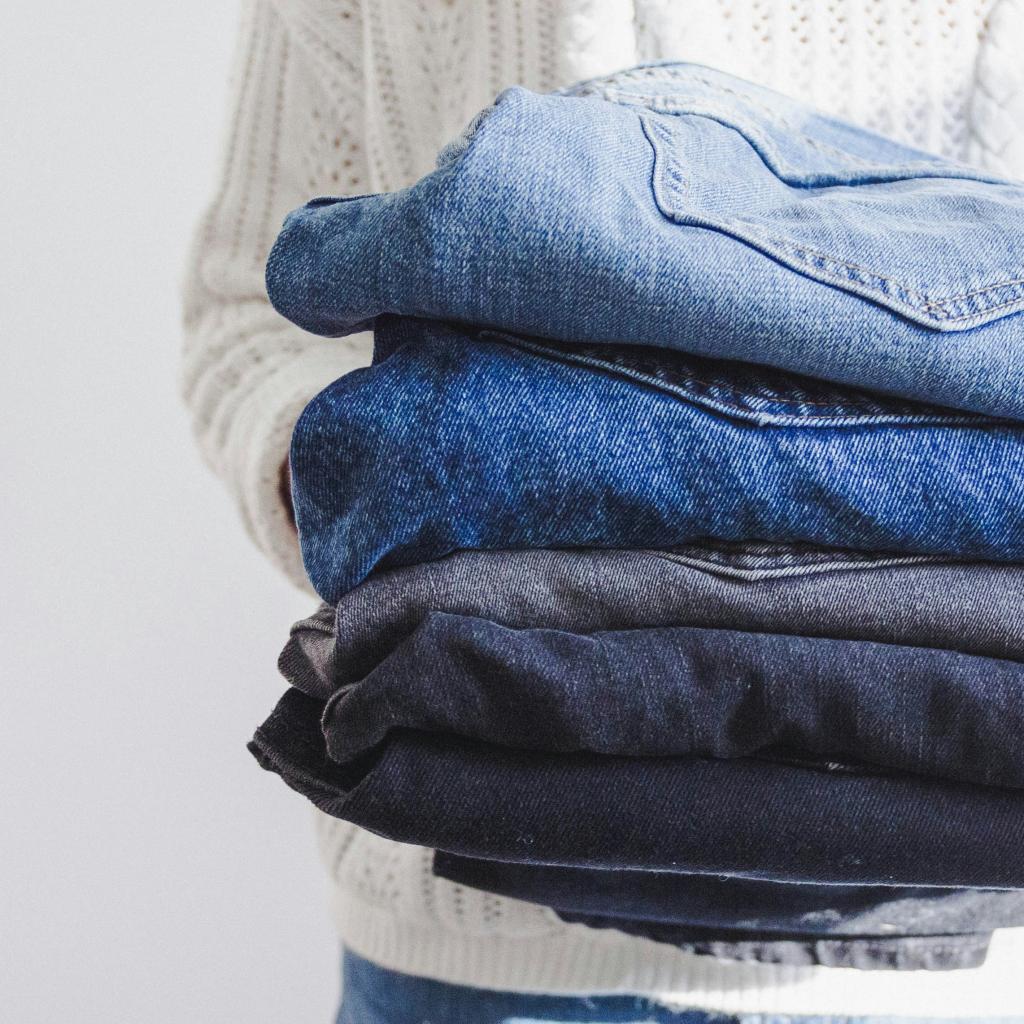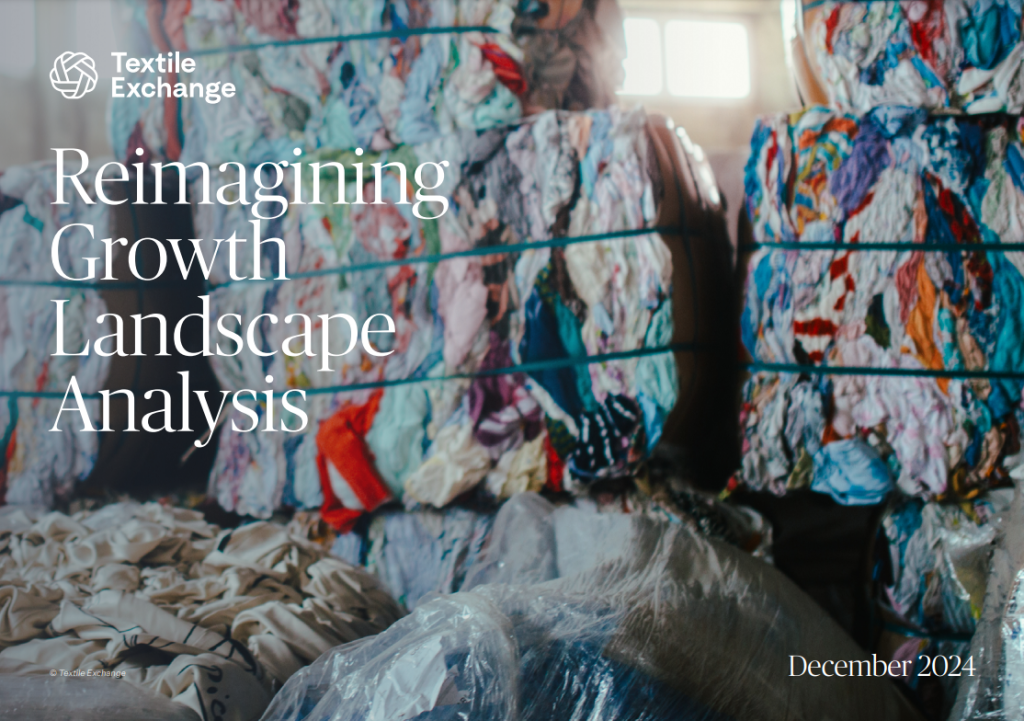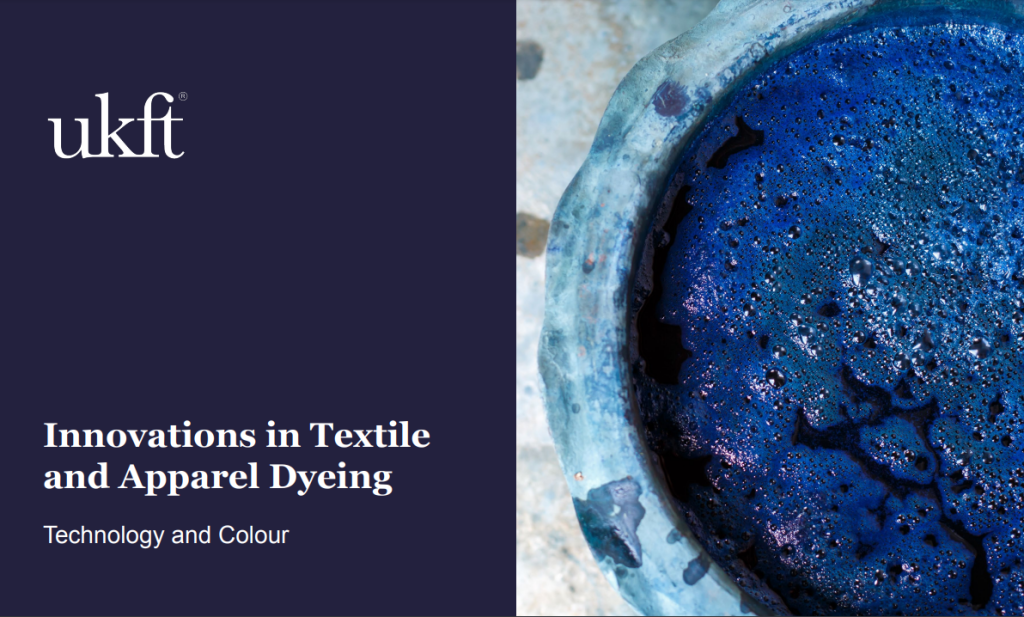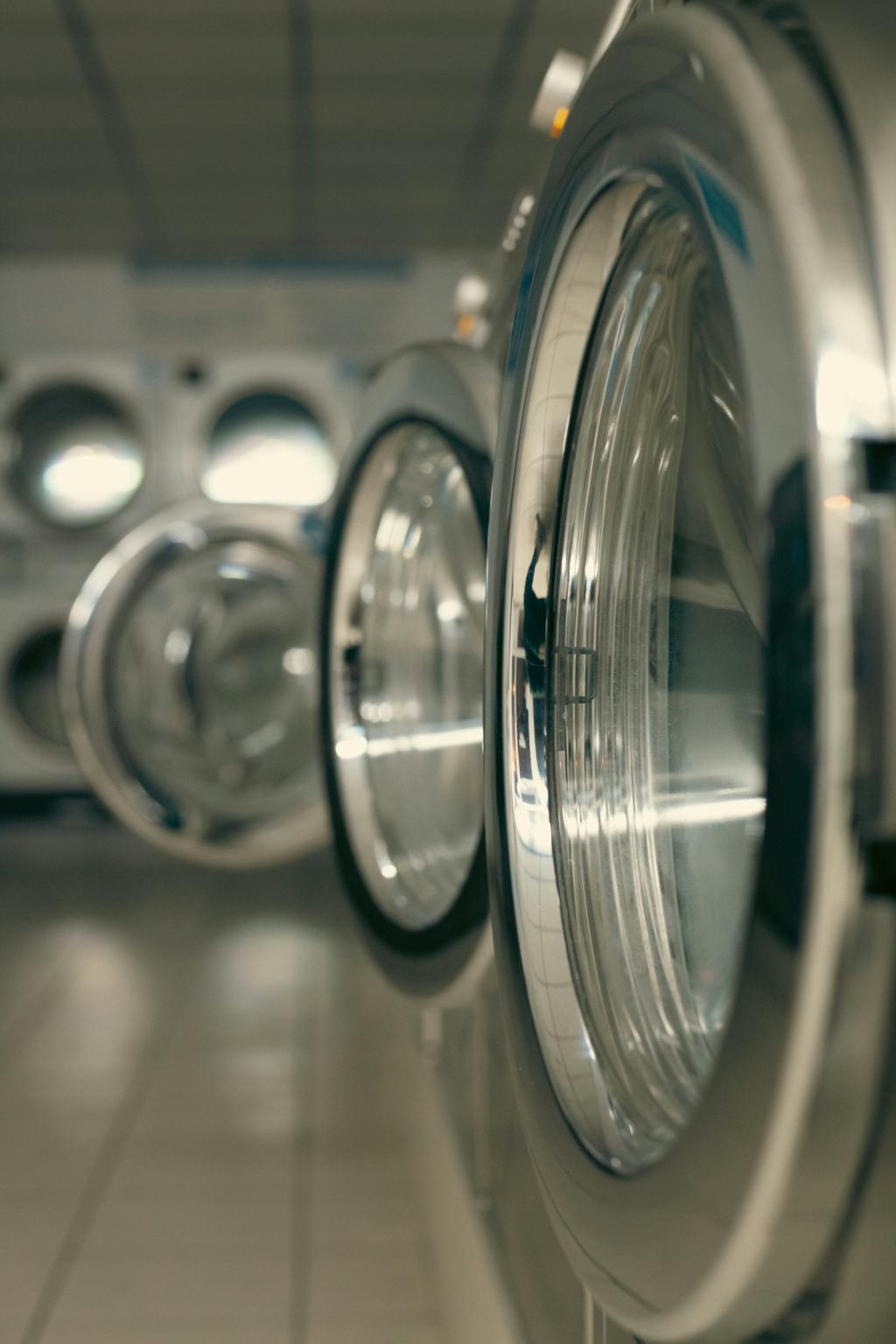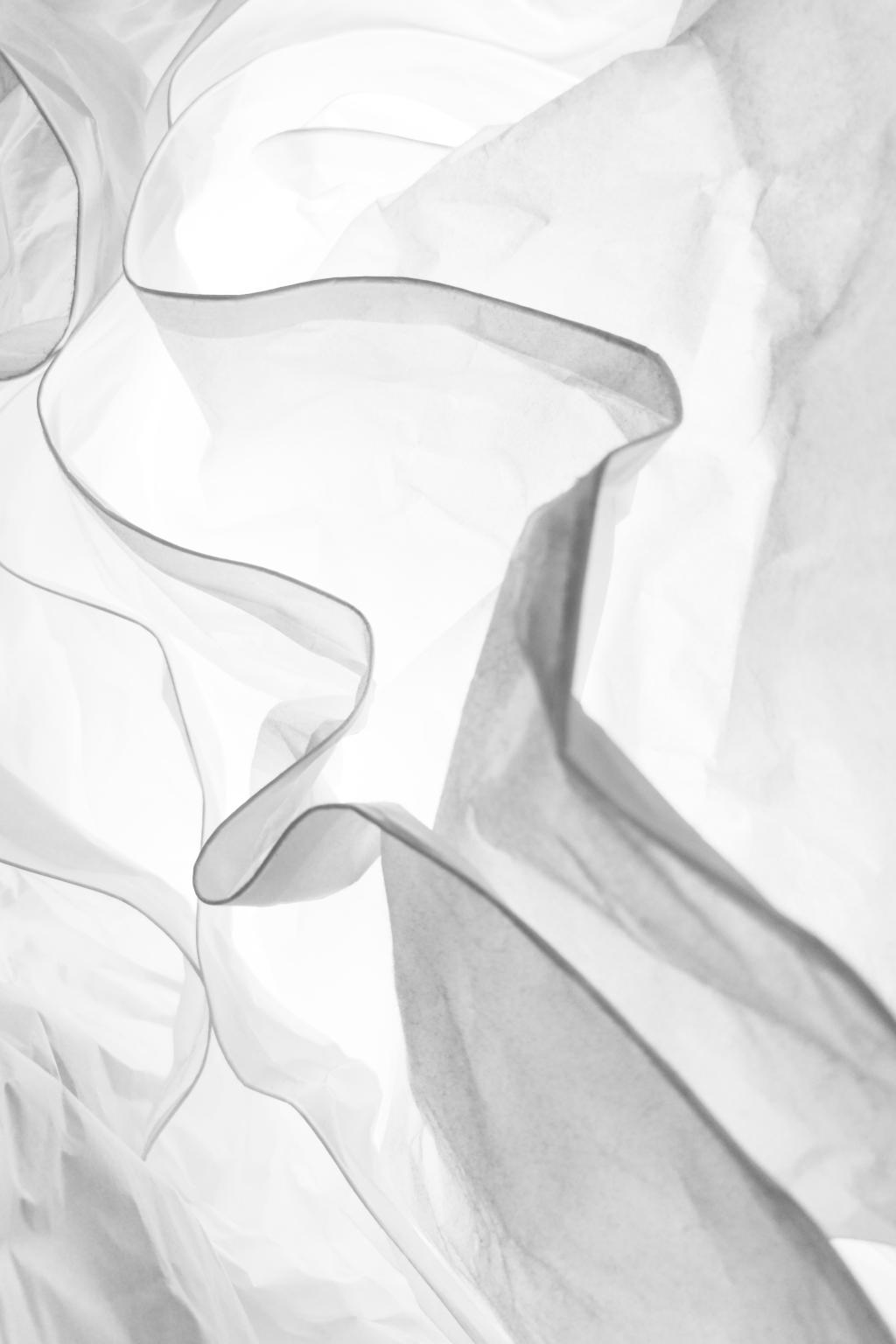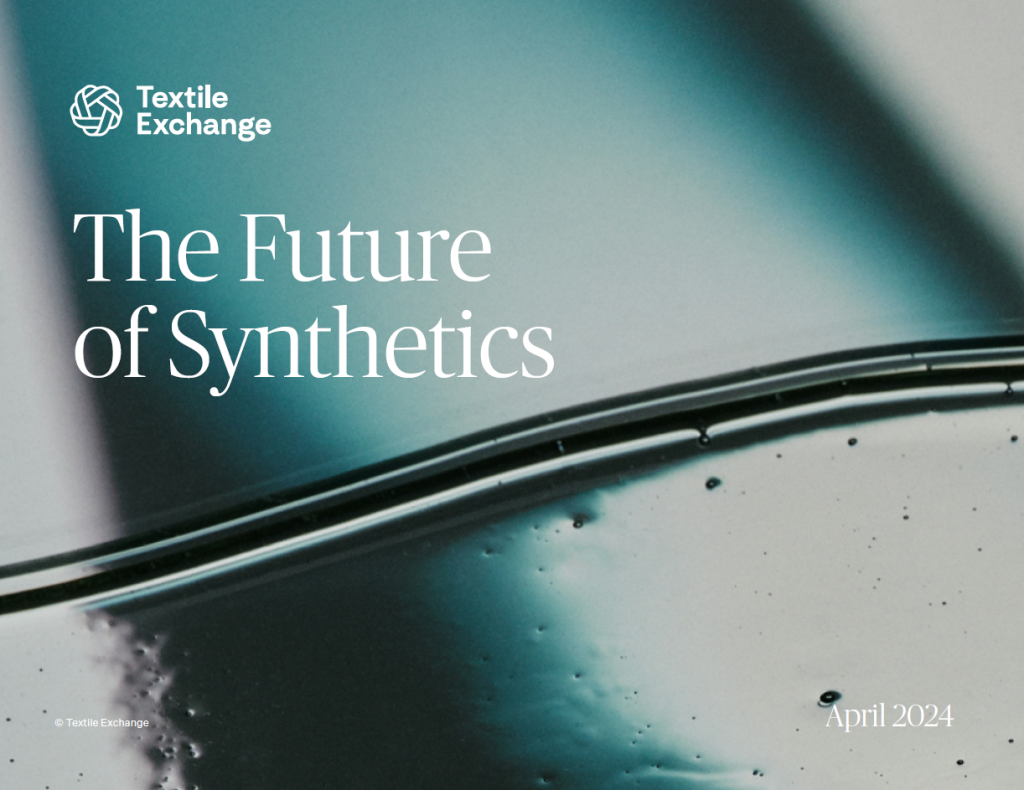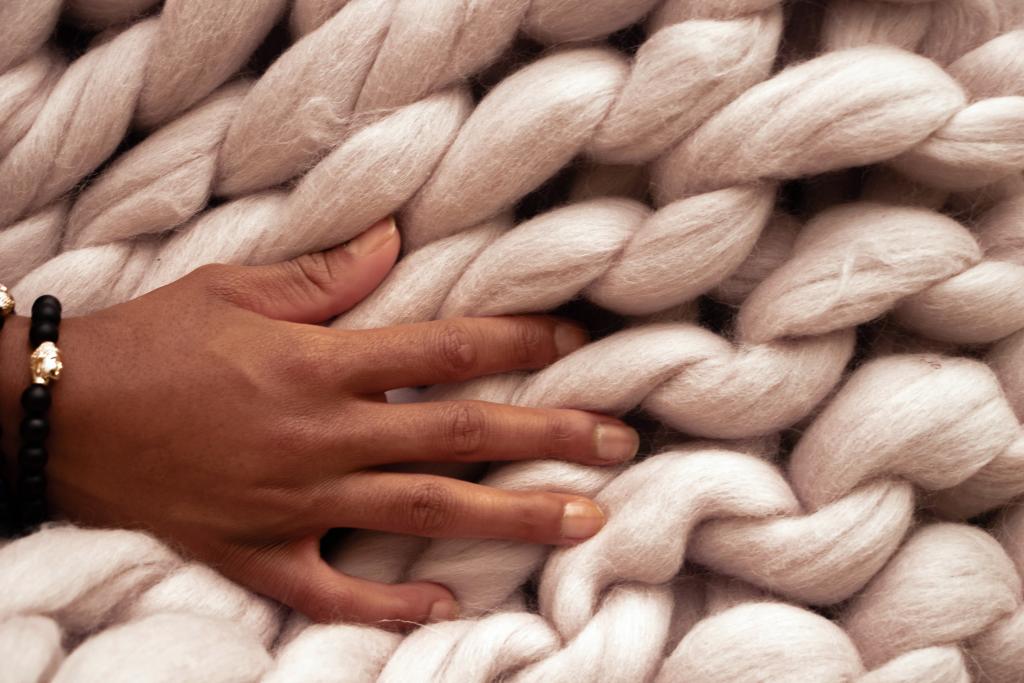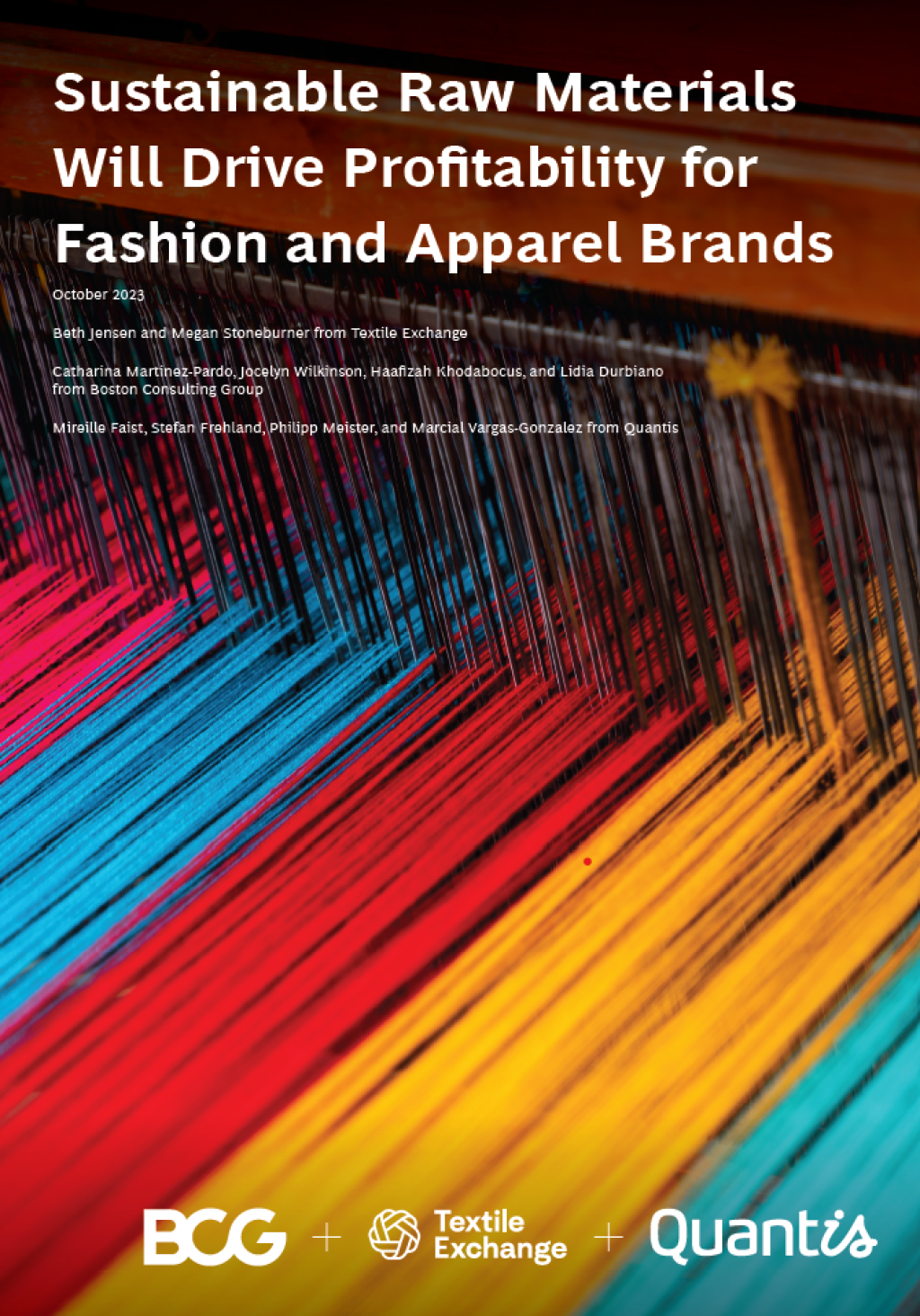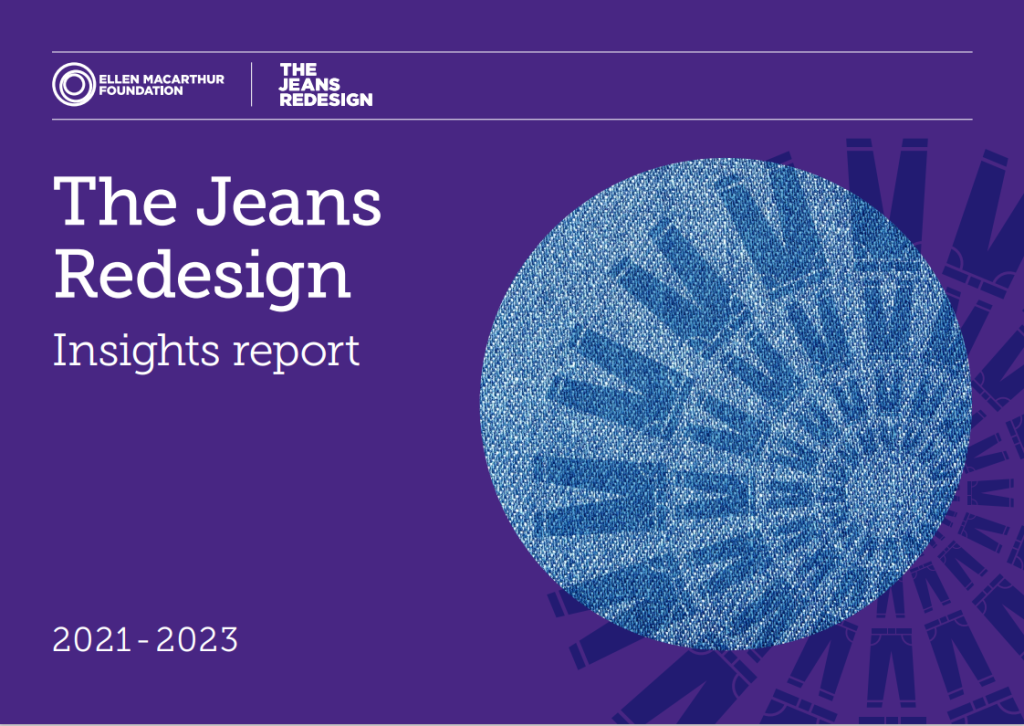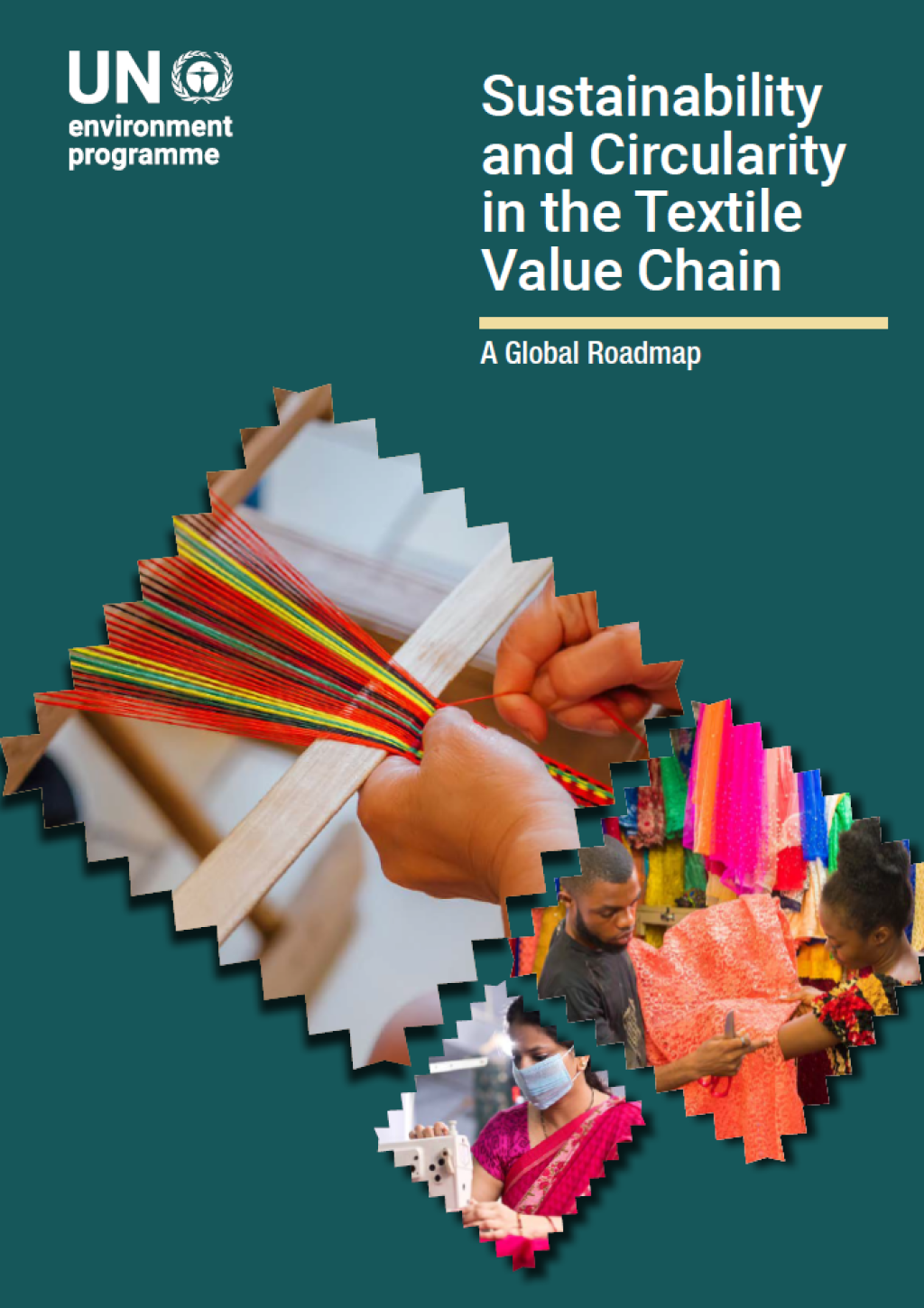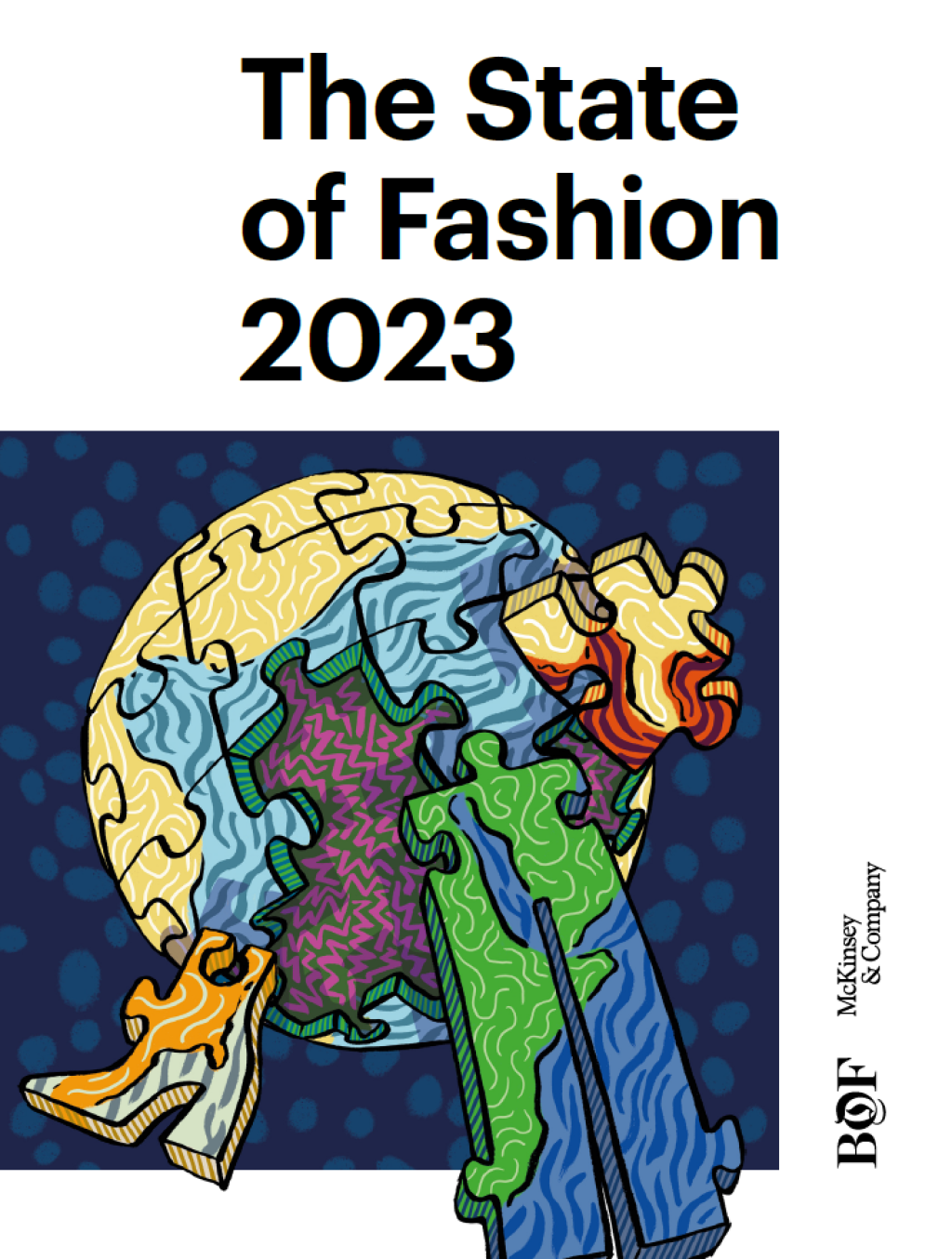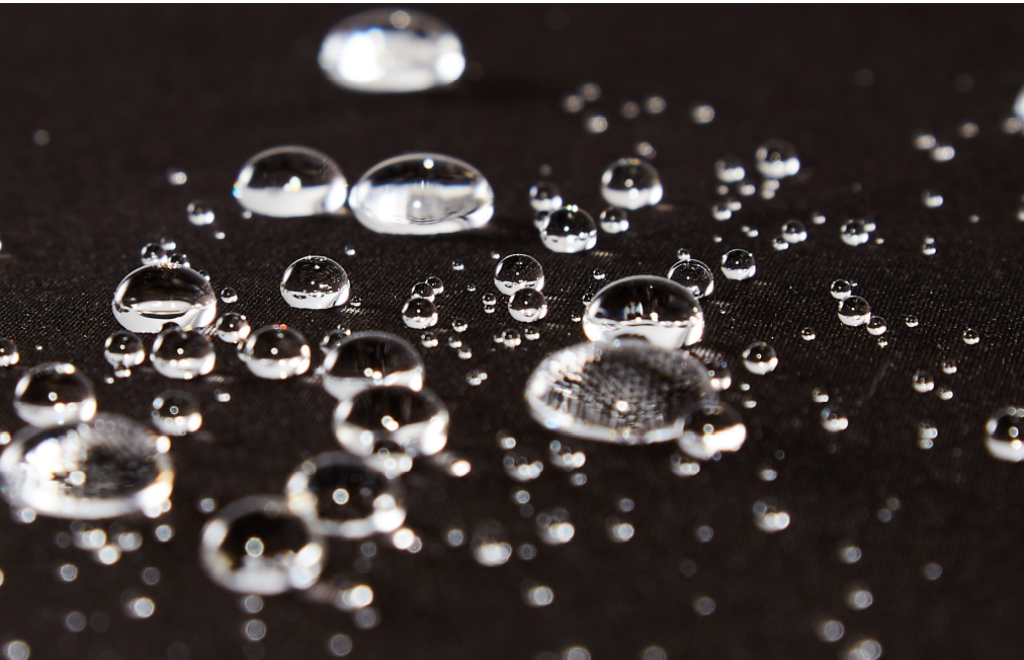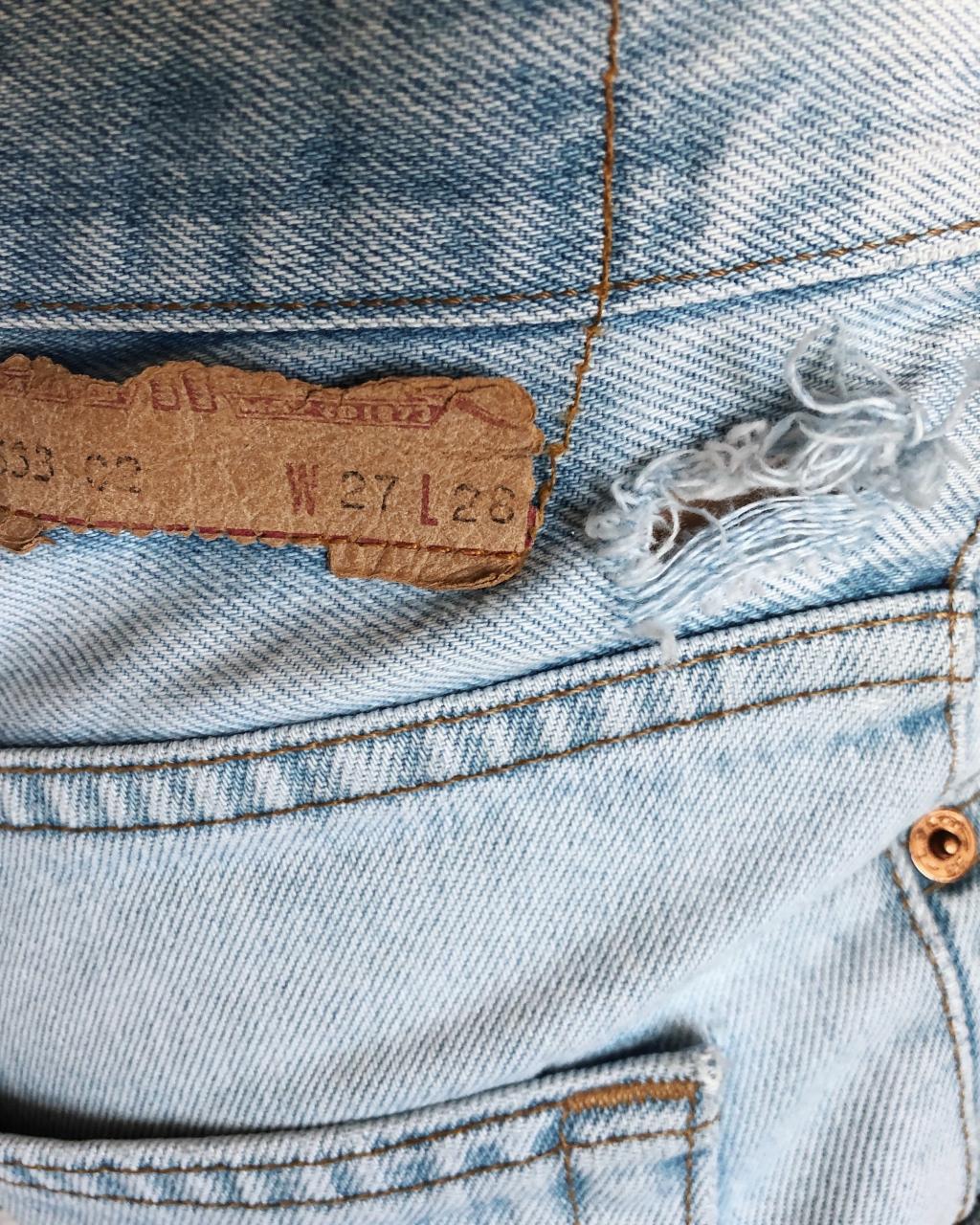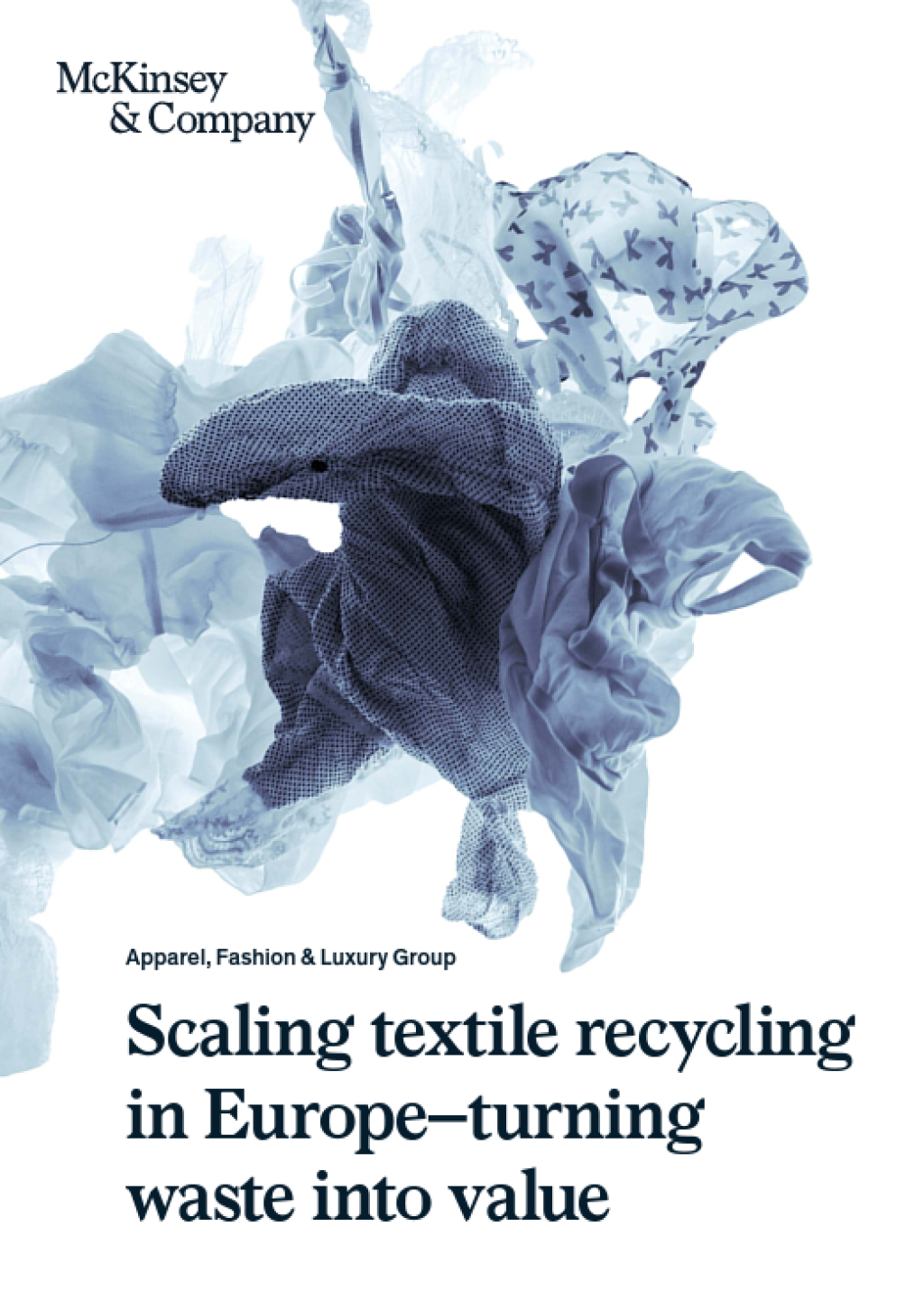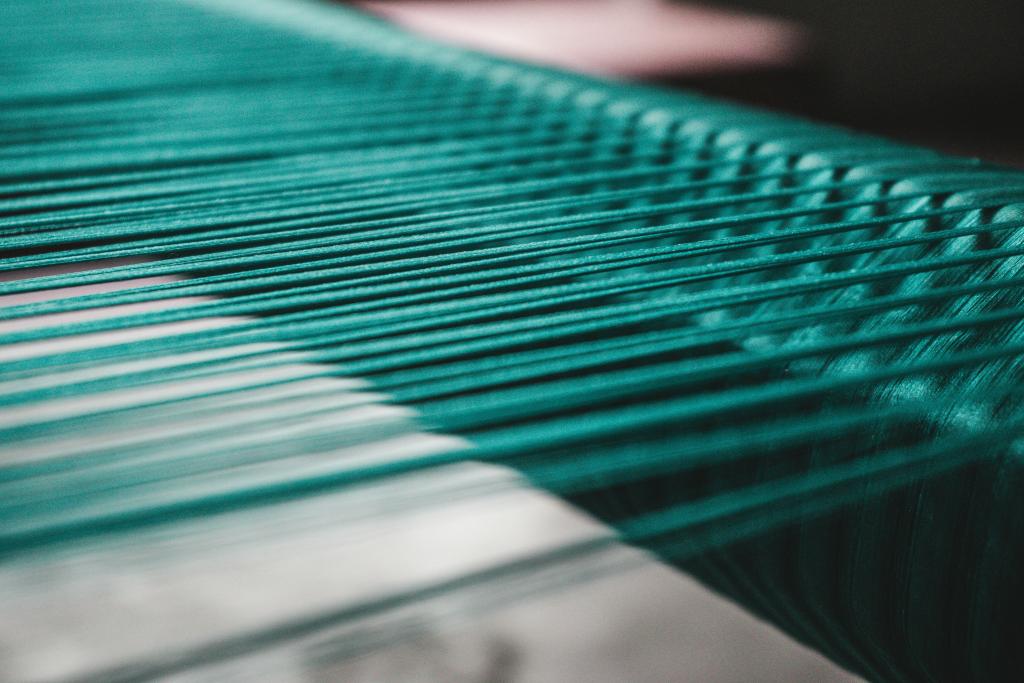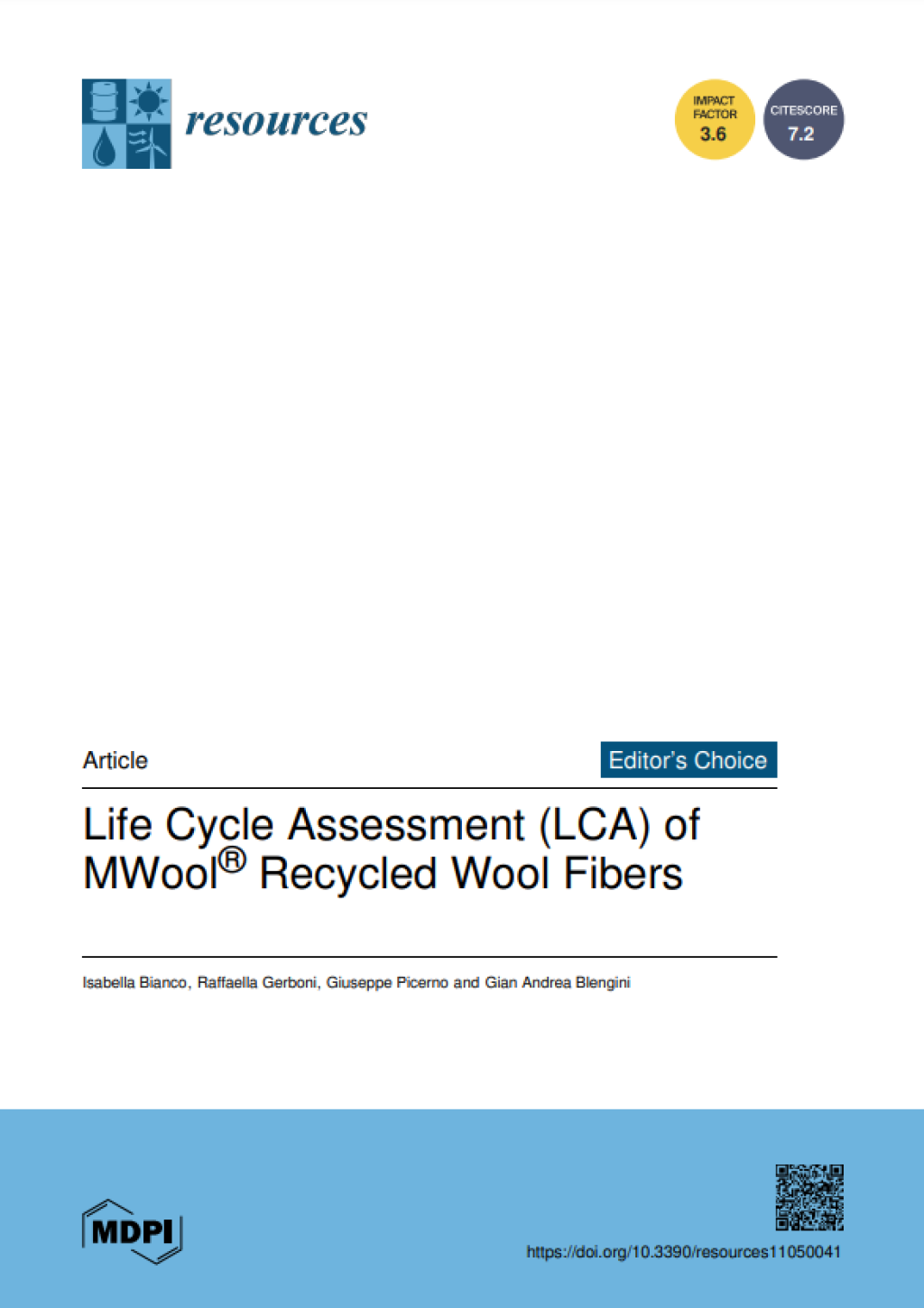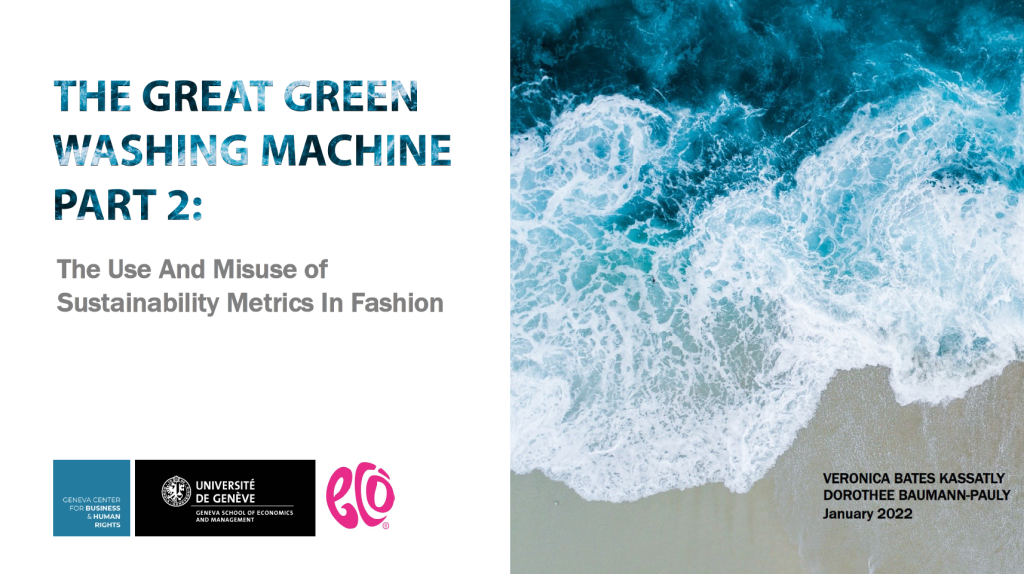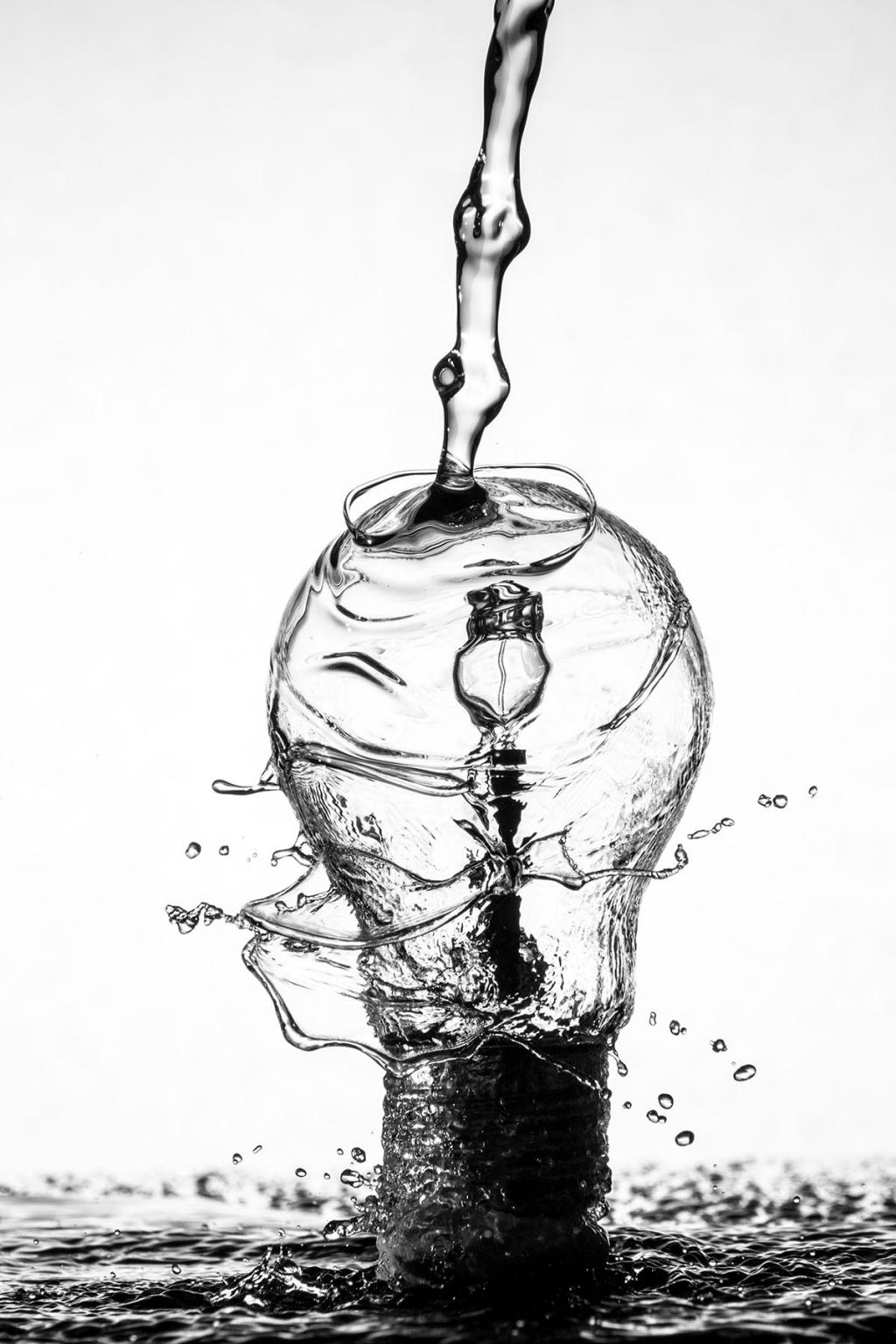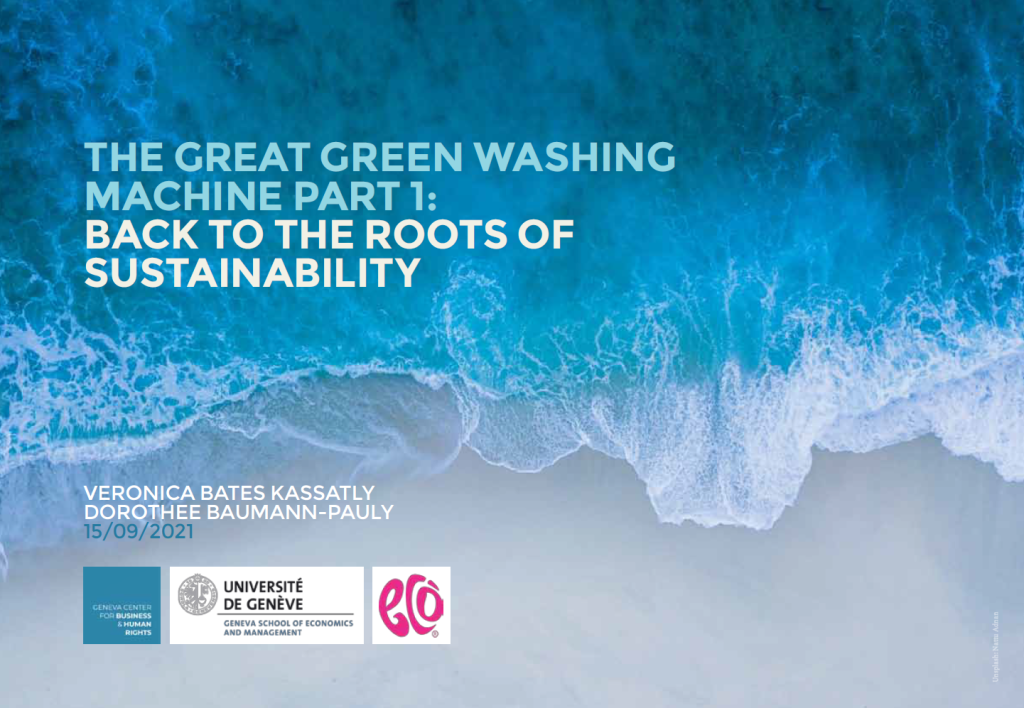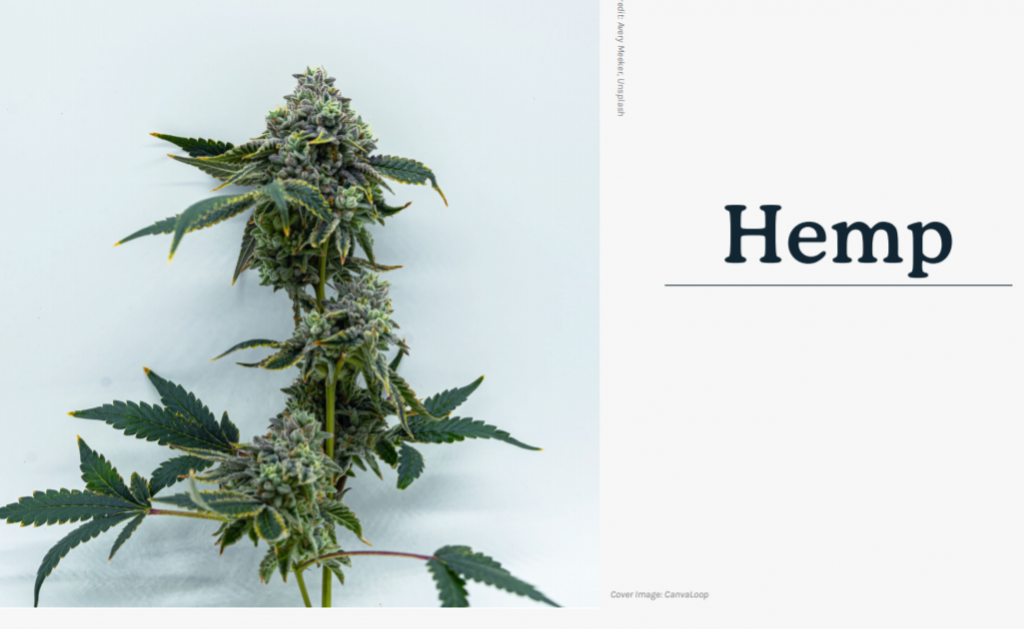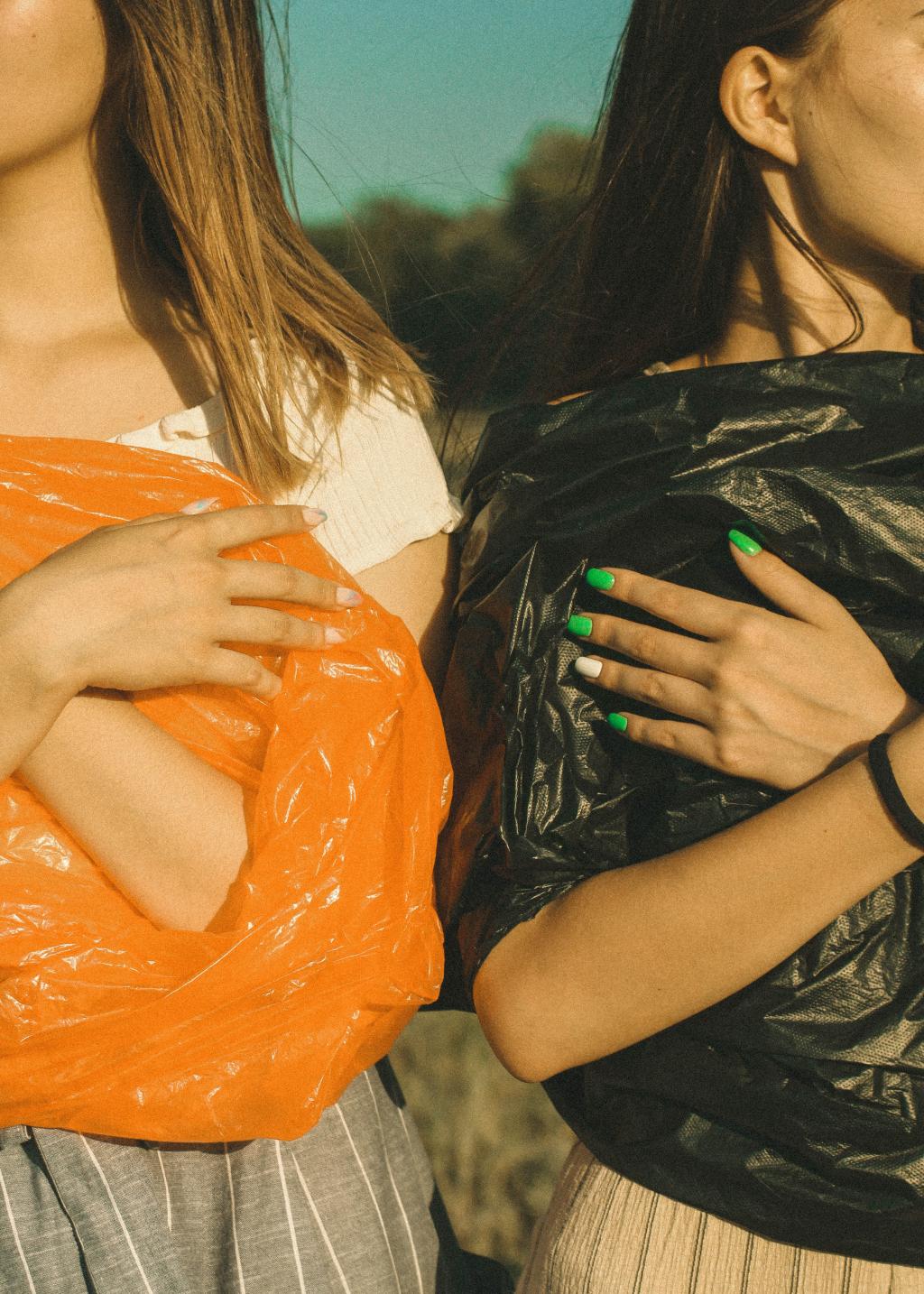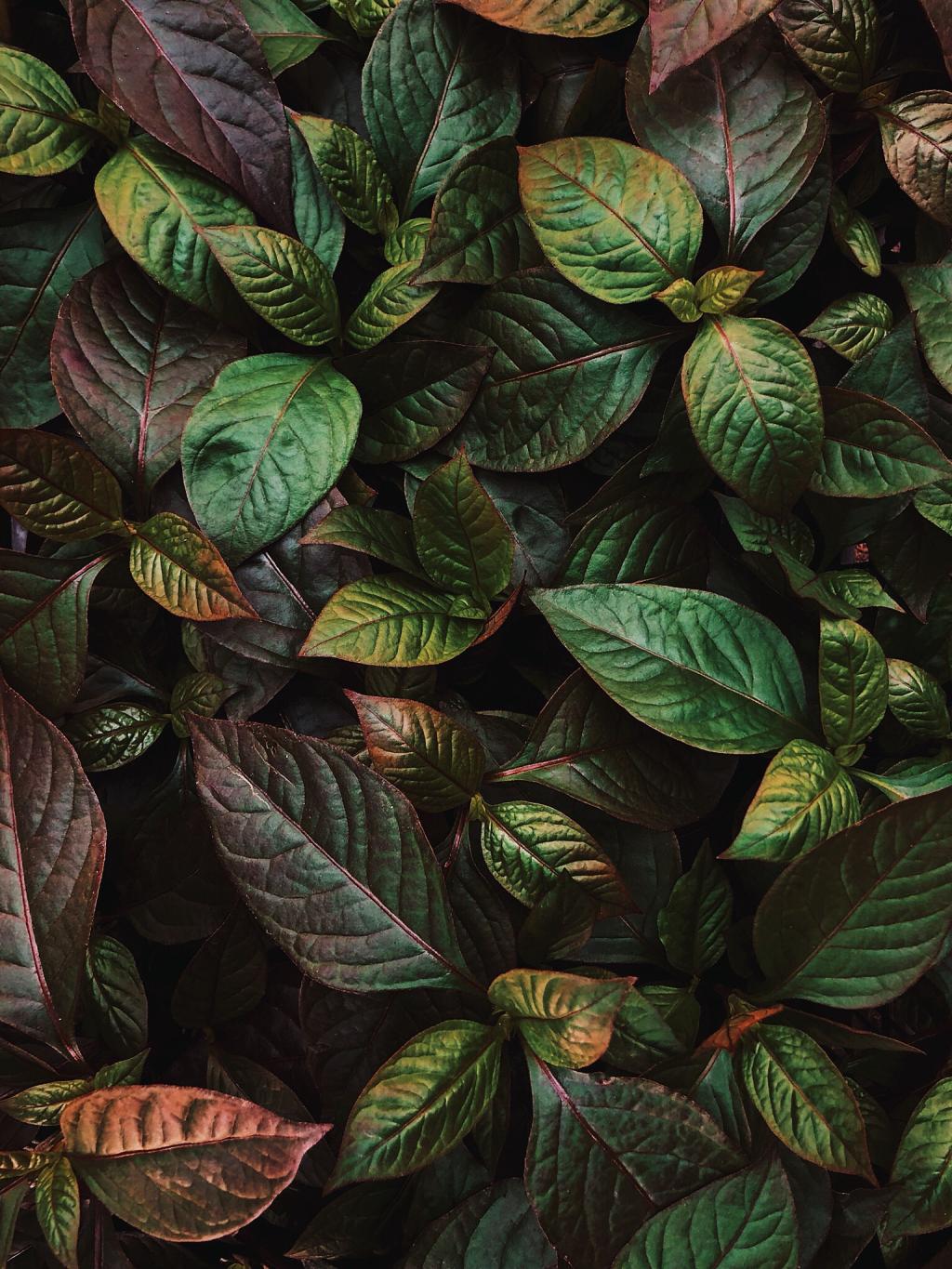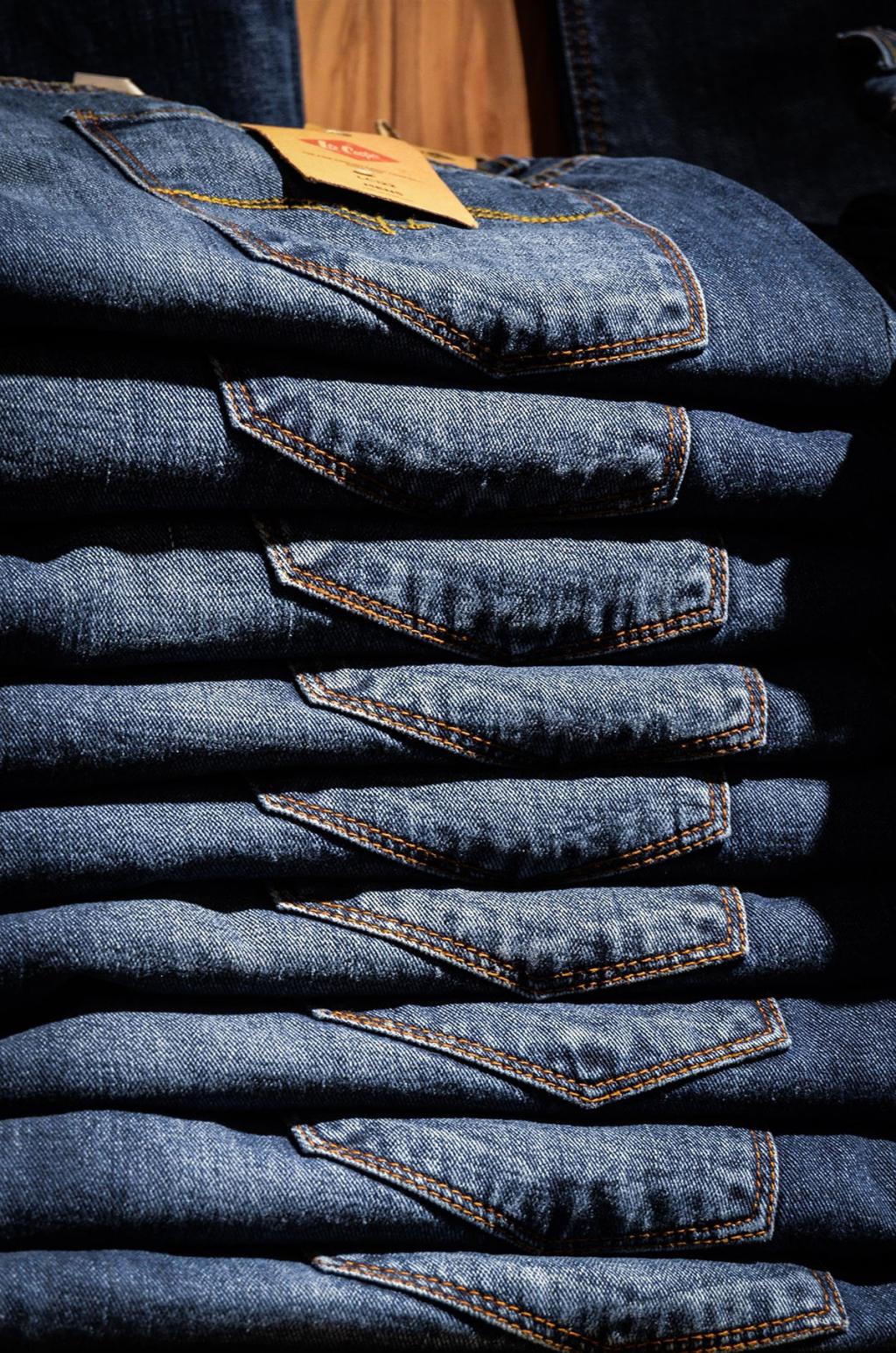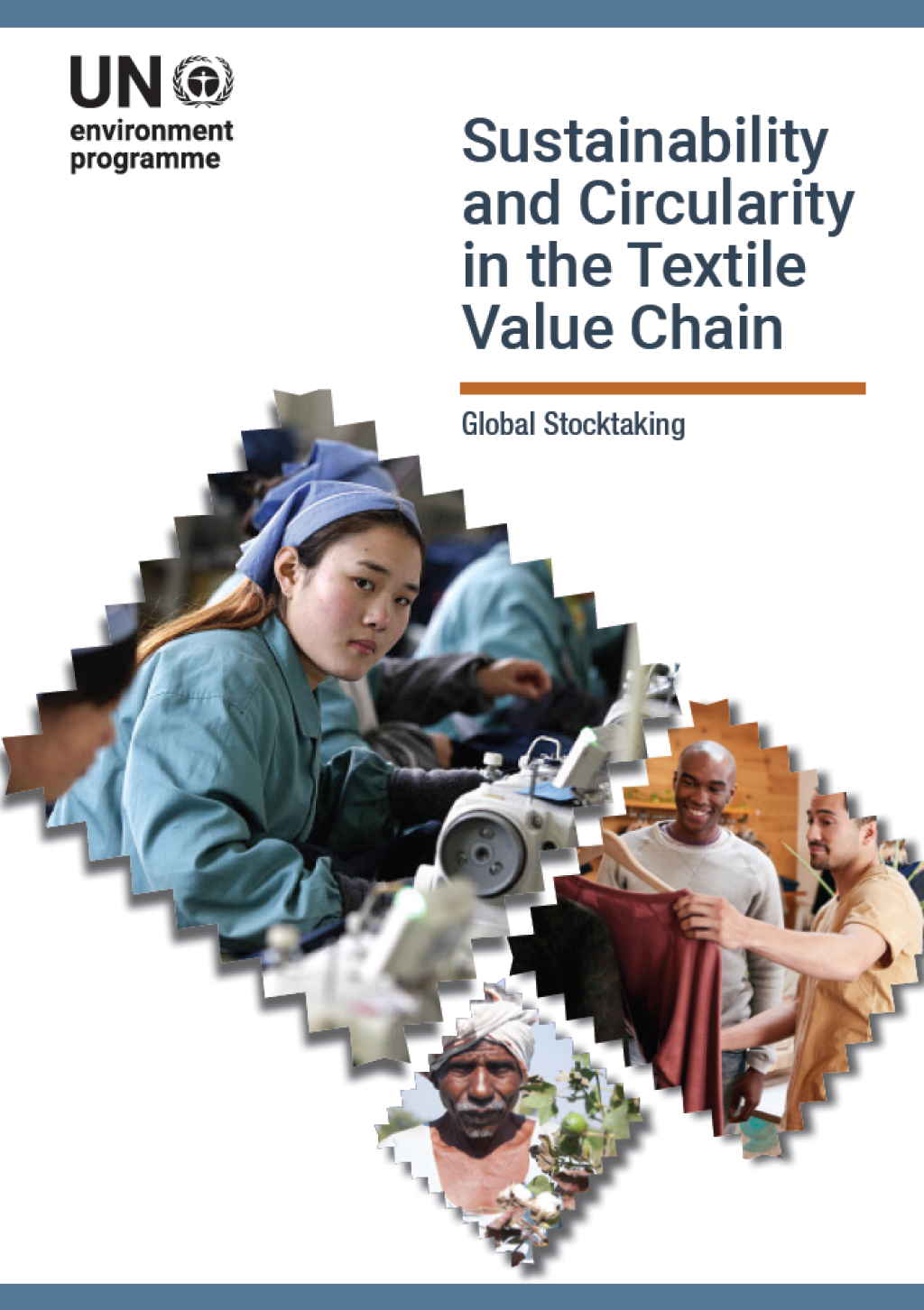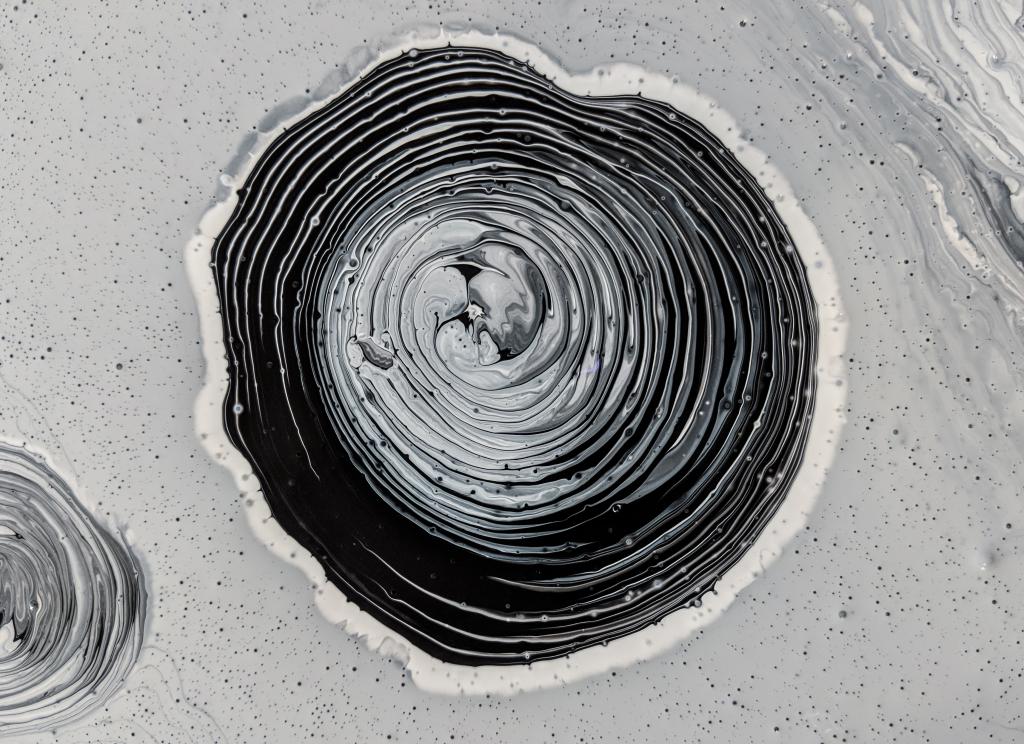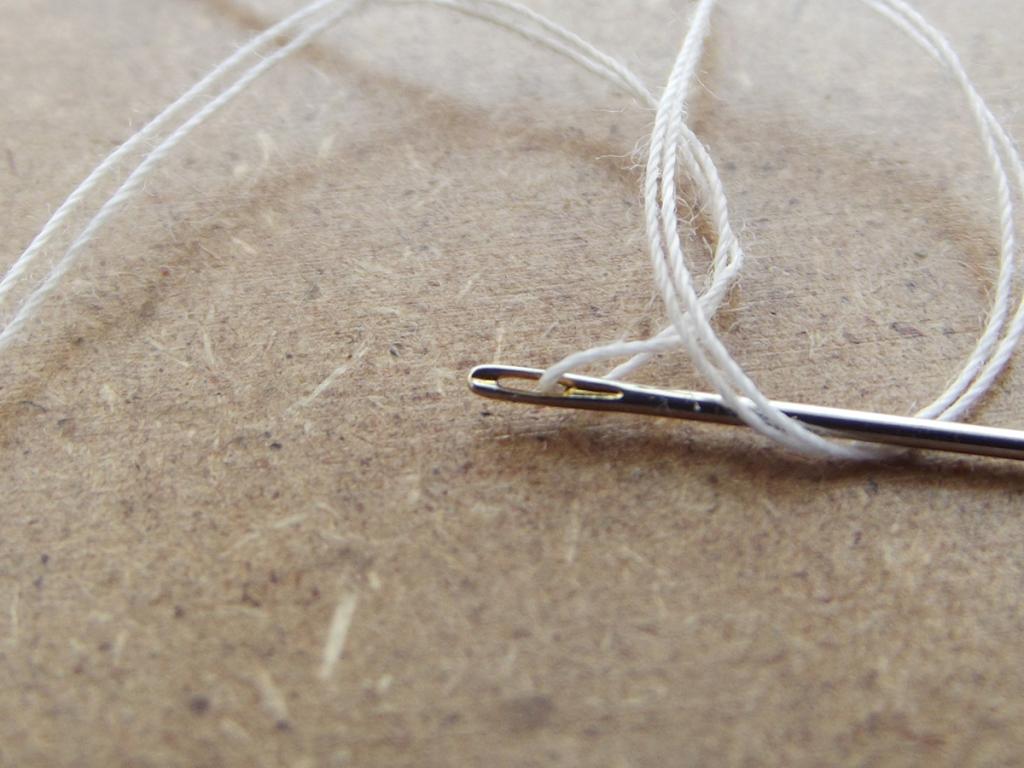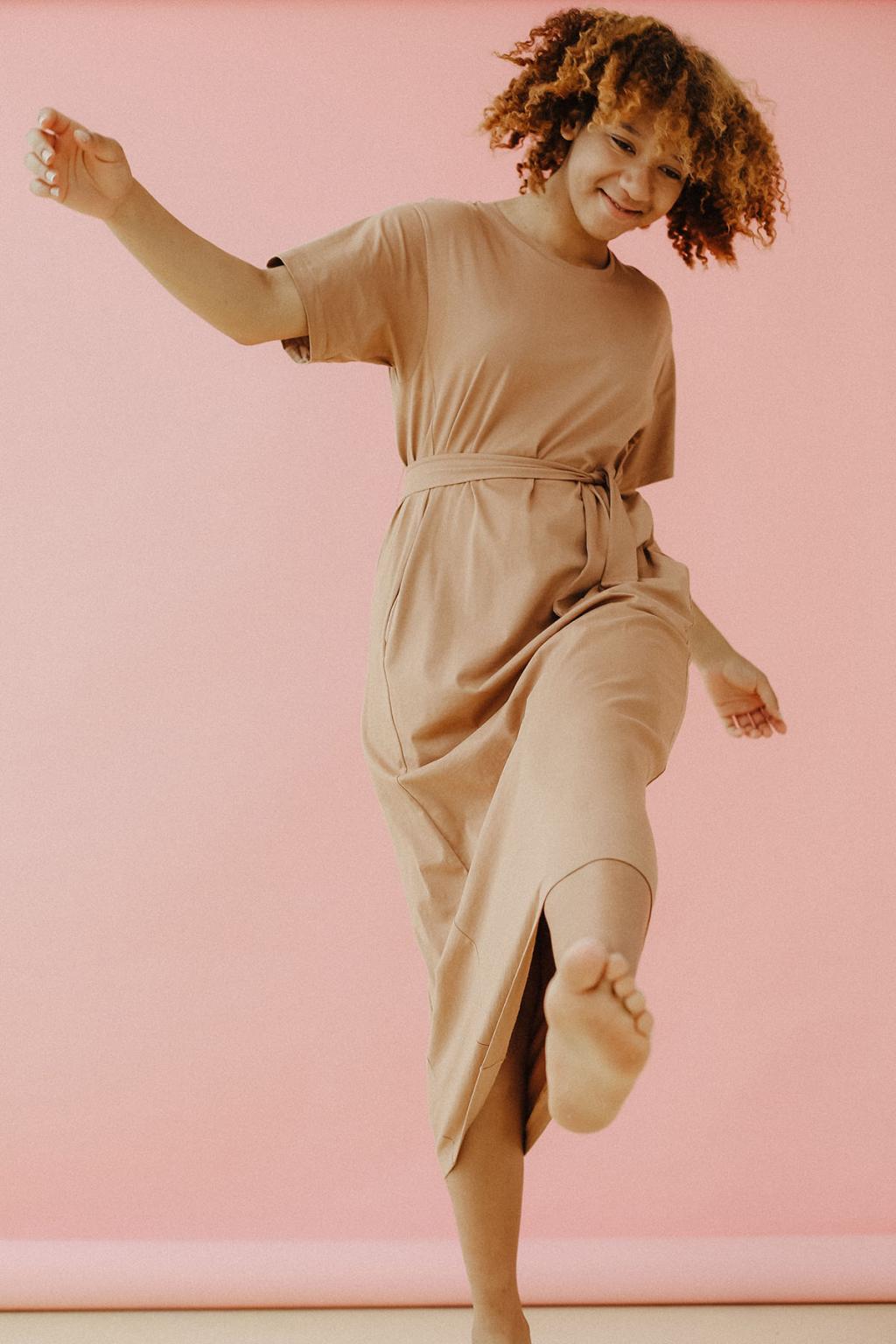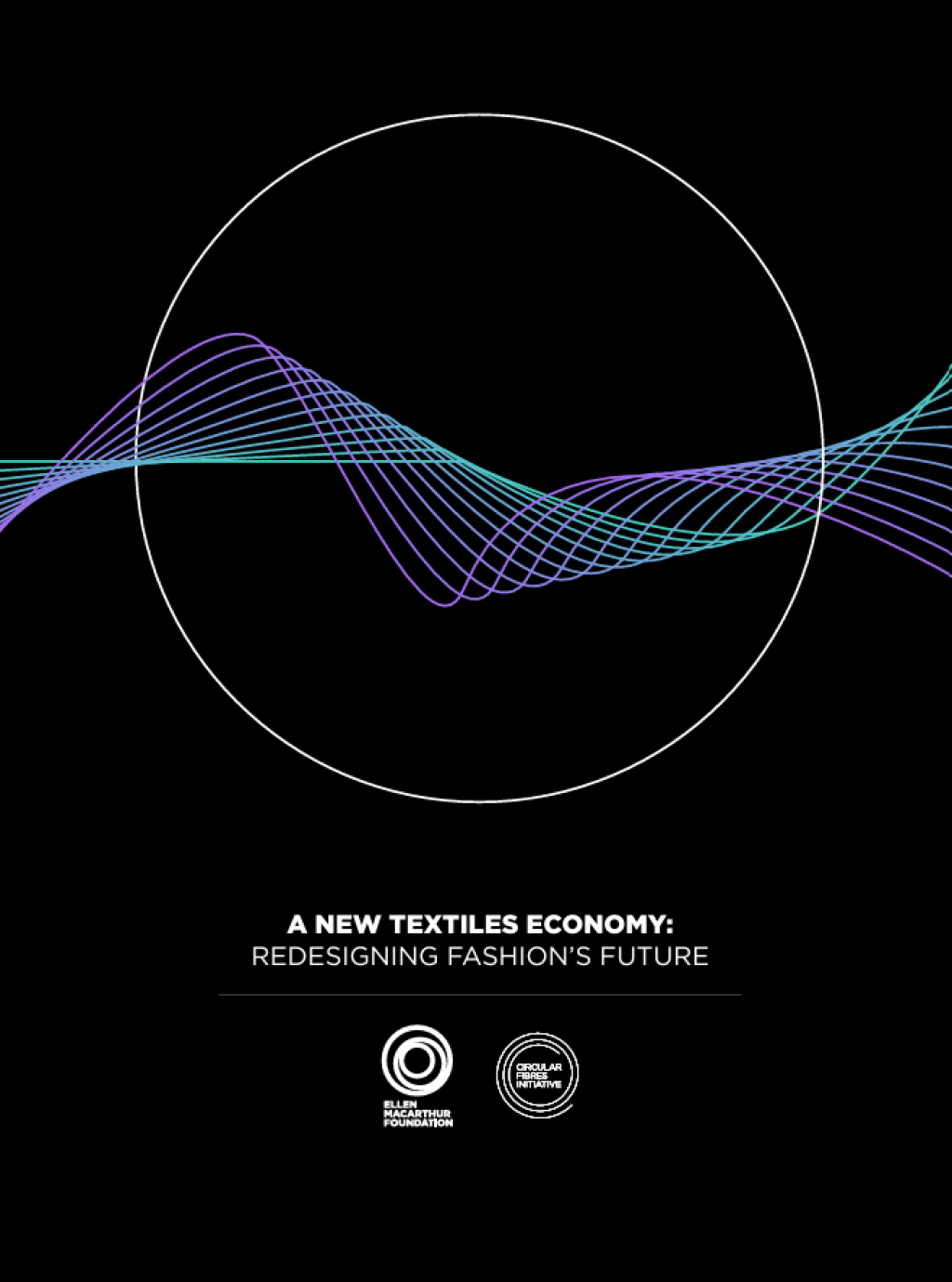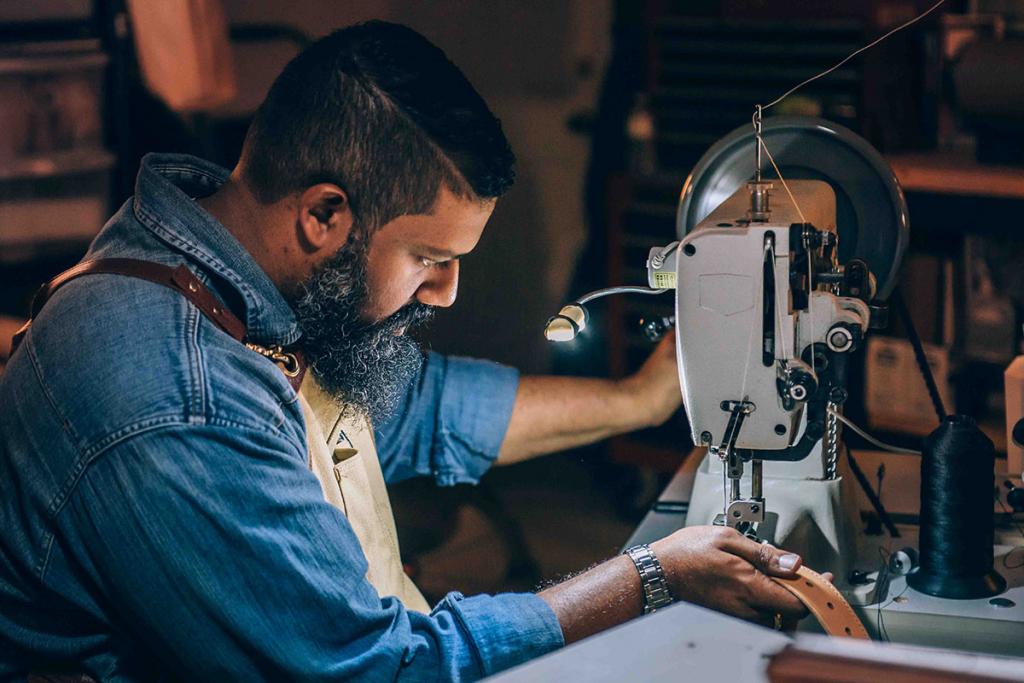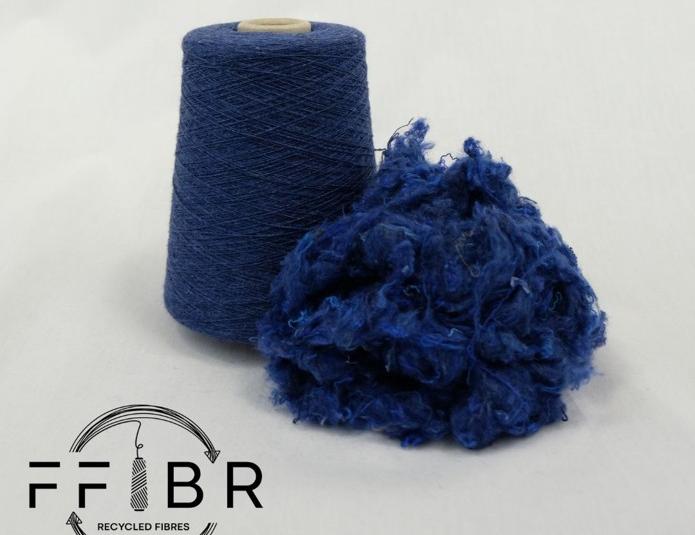
Can you summarize your approach in a few words? How did the idea come about?
The idea originated within the Boer Group, an active member of ReHubs, which wanted to test the technical and economic feasibility of closed-loop recycling in Europe. Refashion was involved from the outset through the RMI (Recycled Material Incorporation) Experiment program. The project was led by Frankenhuis, a mechanical recycling specialist based in the Netherlands. Zeeman, for its part, had a clear ambition: to incorporate as many recycled fibers as possible into new finished products. After several discussions, two women's items were chosen: a sweater and a cardigan.
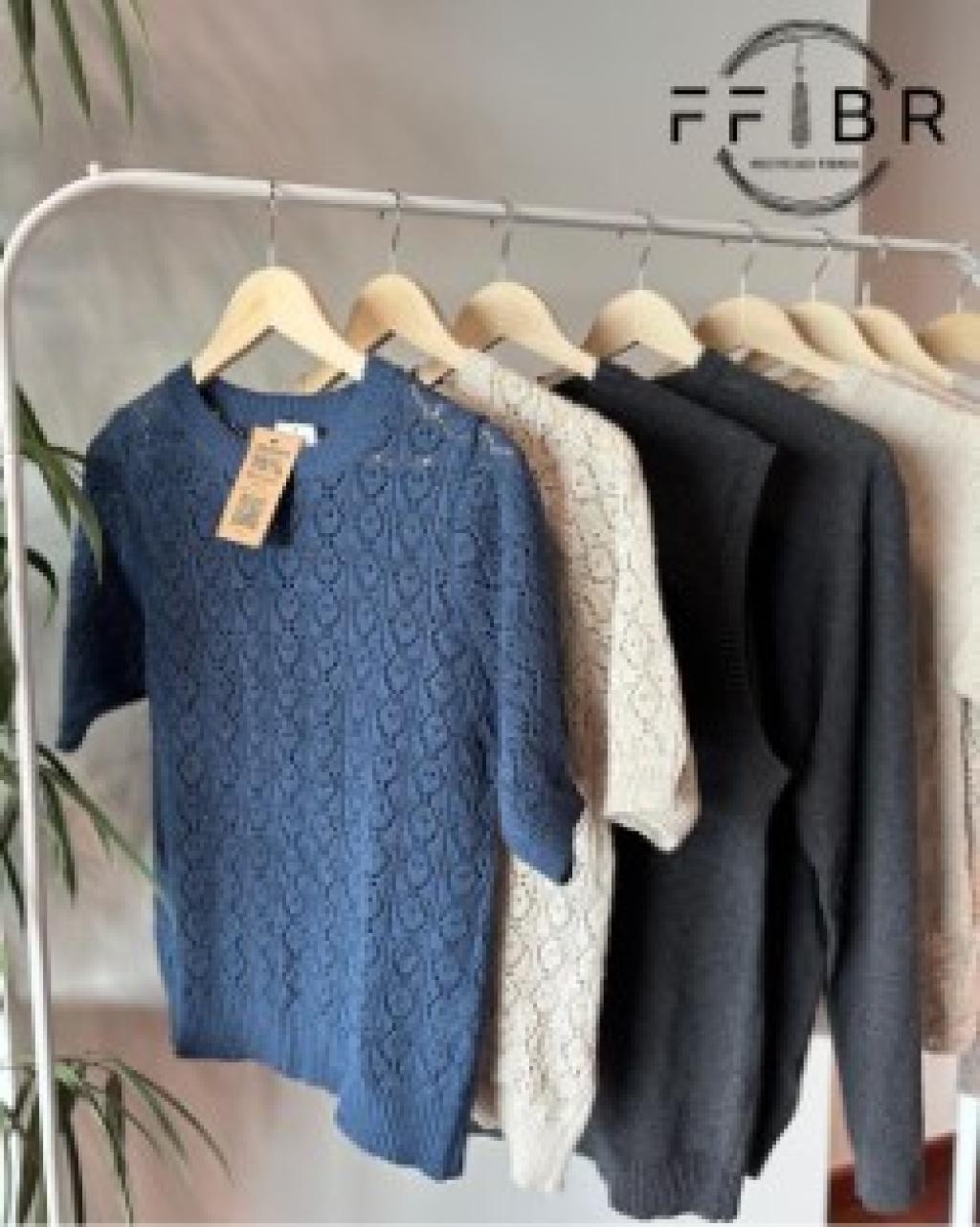
What was your working methodology (the main steps)?
Different industrials were involved in the project:
- Collection and sorting in France: 24 tons of knitwear textiles were identified and sent to Frankenhuis for the next steps.
- Frankenhuis (Netherlands) did the sorting by colour : only ecru and blue textiles were selected in order to avoid a dyeing stage, which consumes a lot of water and energy.
- Preparation and defibration: carried out by Frankenhuis, to obtain the recycled fibres .
- Spinning (Spin Aker , Italy): at this step we mixed the recycled material with 30% of virgin fibers to obtain a strong yarn.
- Fully-fashioned knitting (Stella Sky , Italy): a technique that produces the finished garment directly, without any additional manufacturing steps.
In total, eight months of collaboration were required to complete the project.
Did you encounter any obstacles? If so, what were they?
Two main adjustments were made to the project:
- The initial plan to sort only cotton or acrylic was abandoned, so it saved time and reduced costs.
- The plan to develop clothing for both men and women was refocused solely on women's garments to better meet industrial constraints.
What were the keys to success?
The keys to success lay first in the smooth communication established between all stakeholders, which ensured alignment and efficiency throughout the project.
Another crucial factor was Zeeman's flexibility in accepting to move away from the traditional product development model, allowing more innovative approaches to emerge.
The project was also driven by a strong ambition: to design a garment containing 70% post-consumer recycled fibers, a remarkable achievement compared to the market average of around 30%.
Finally, the financial support of Refashion played a decisive role by covering essential stages such as collection, transport, color sorting, defibering, and spinning.
What is the environmental impact of your products?
According to an analysis conducted by Zeeman (available here), the products have a significantly reduced environmental impact compared to equivalents manufactured in Asia with virgin fibers.
The gains include:
- reduced greenhouse gas emissions,
- lower water consumption,
- and significant energy savings.
How has the product been received by consumers?
It has been a success: the products are selling well and appealing to customers.
Zeeman sums it up: "styles are good, quality level is good, price level is okay and the delivery in time".
This project demonstrates that it is possible in Europe to create a circular product that is industrially viable and appreciated by consumers.
Thank you Zeeman and Frankenhuis.
